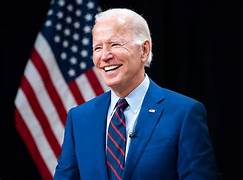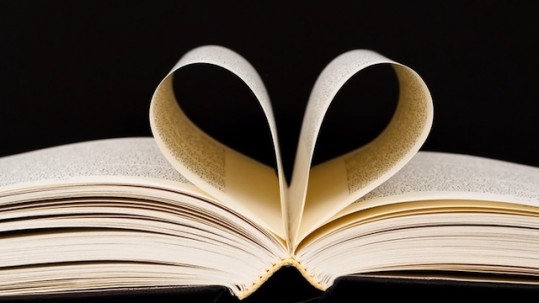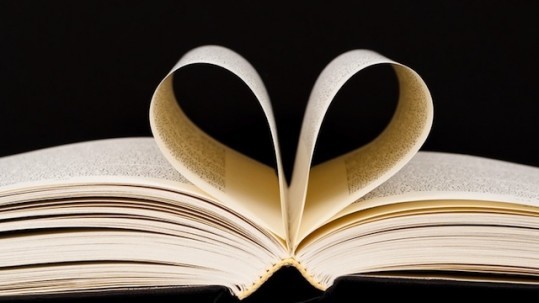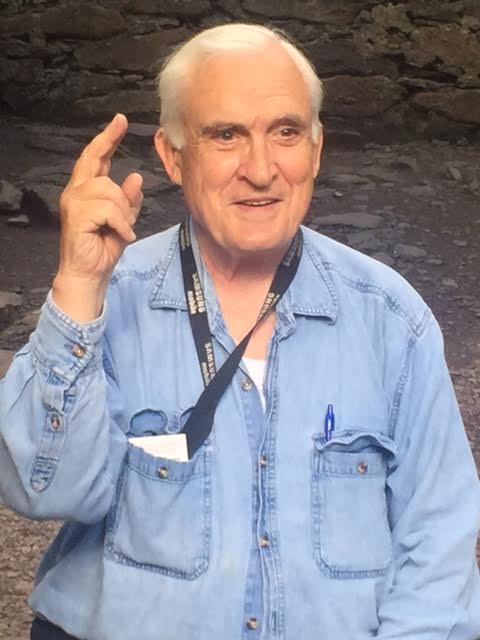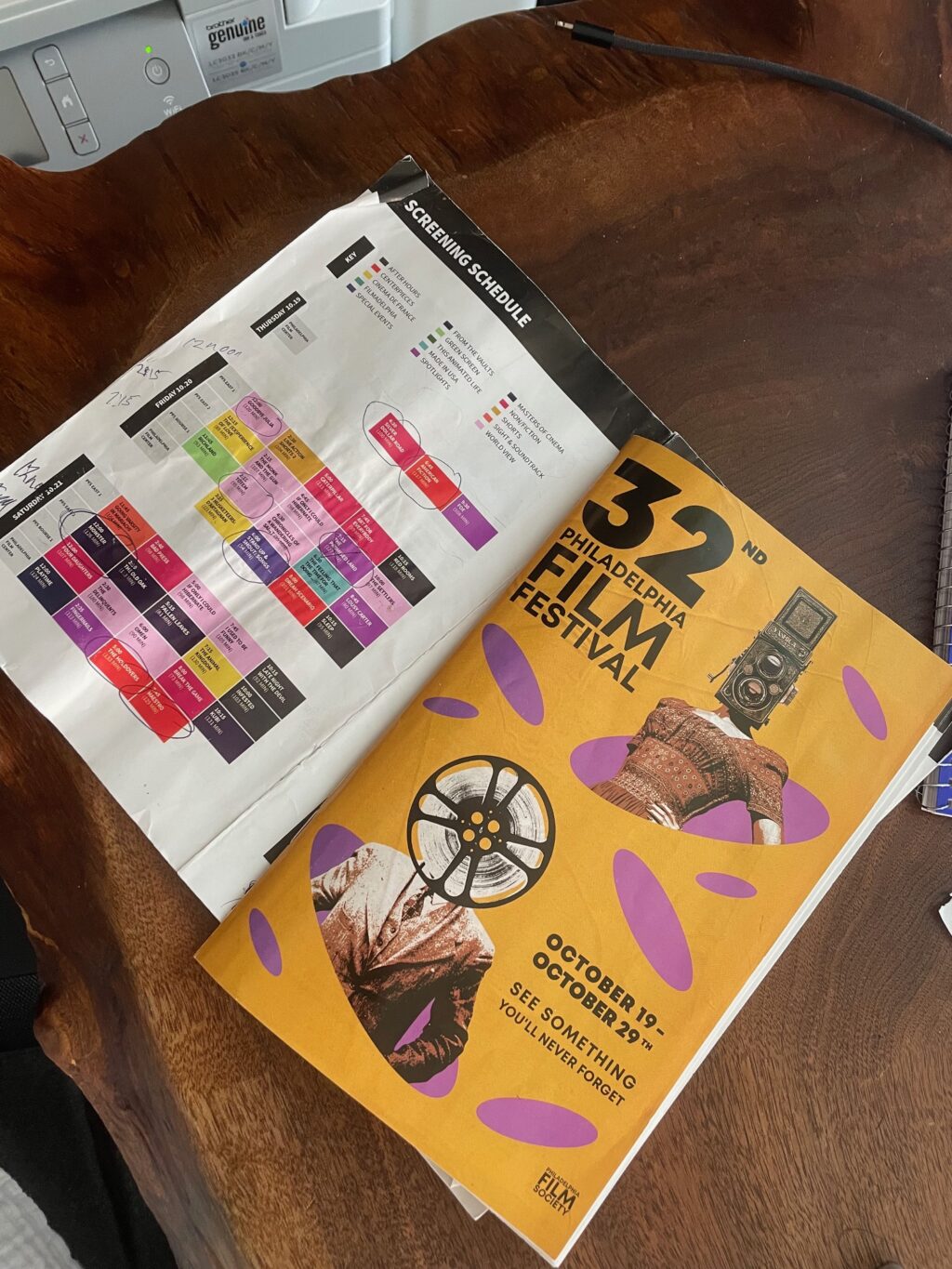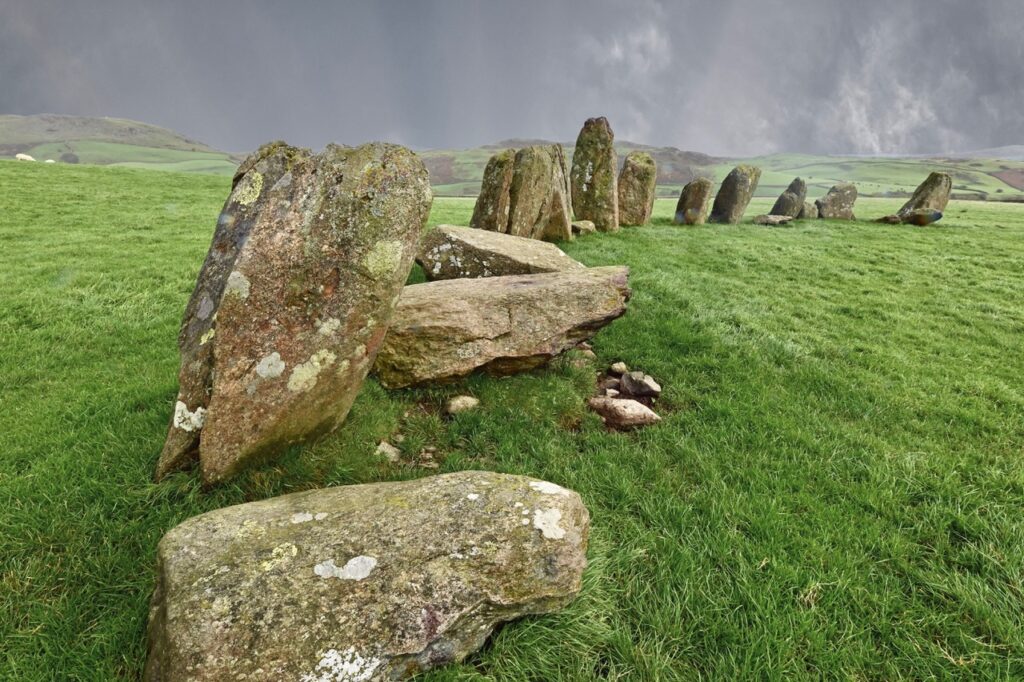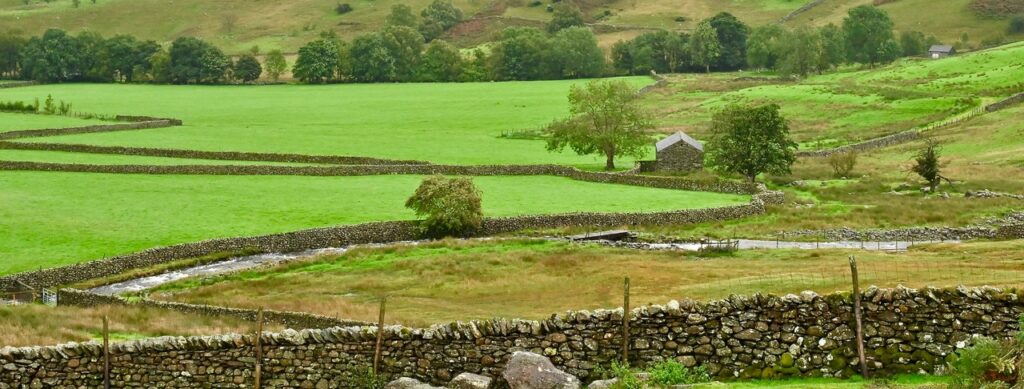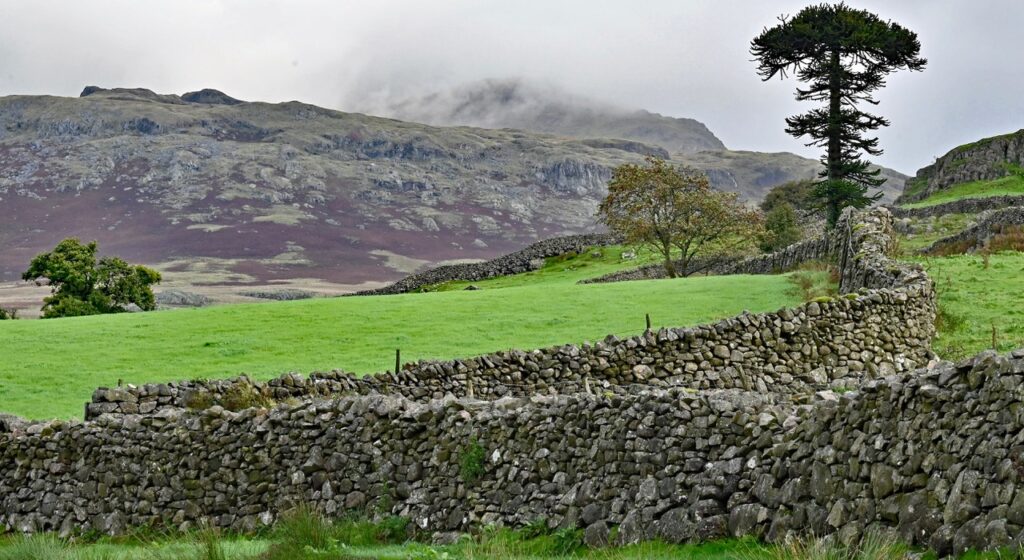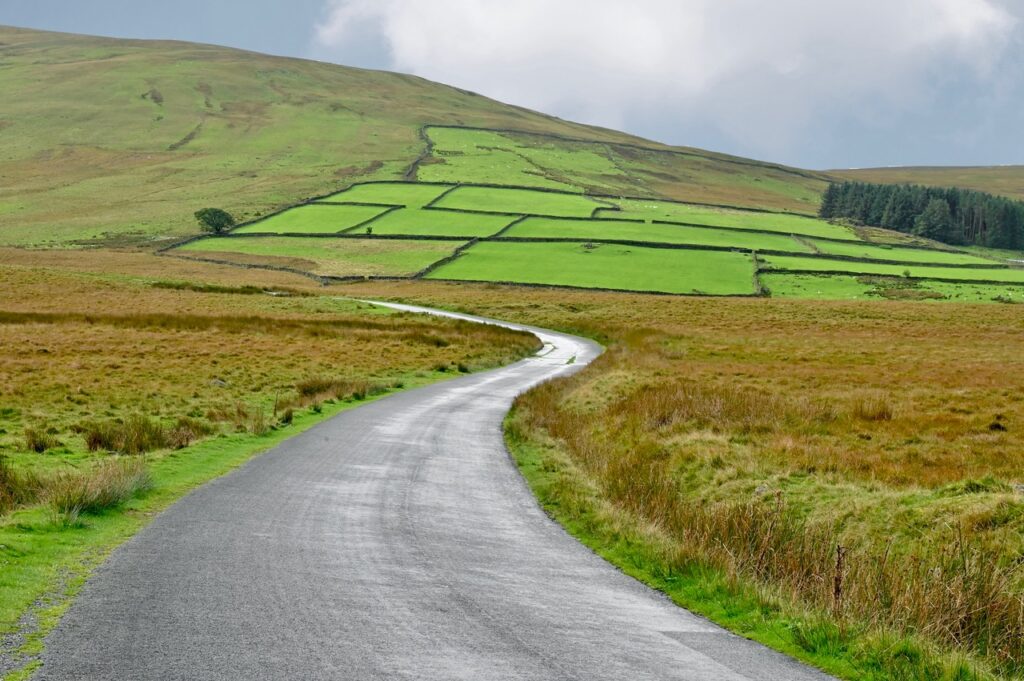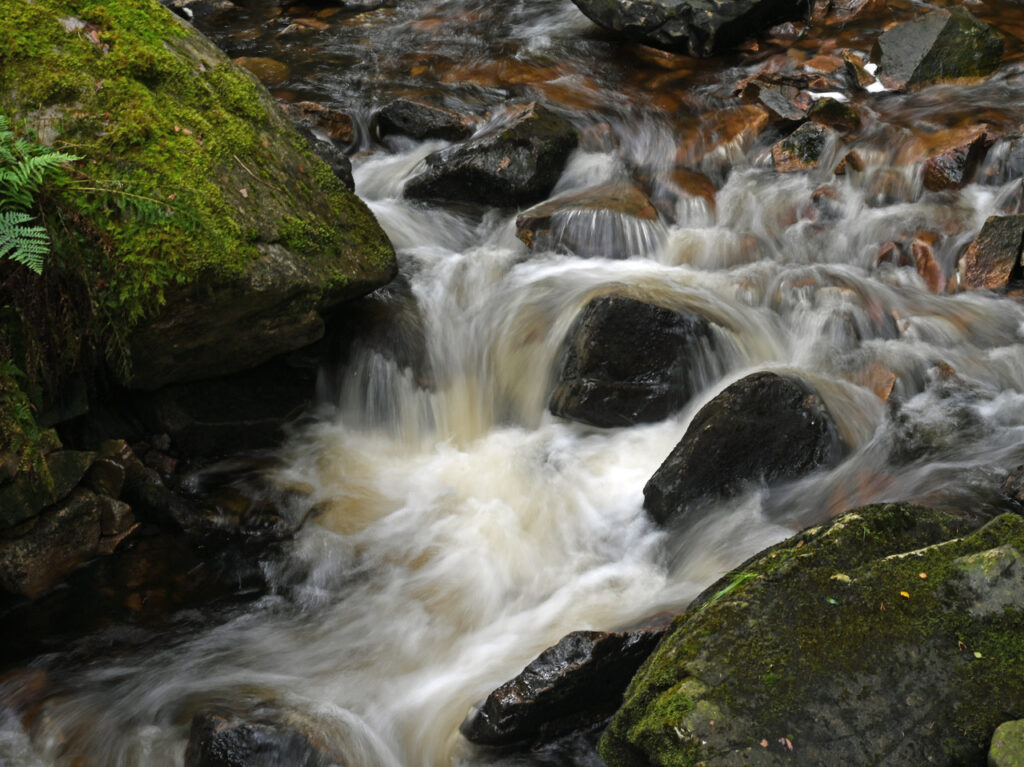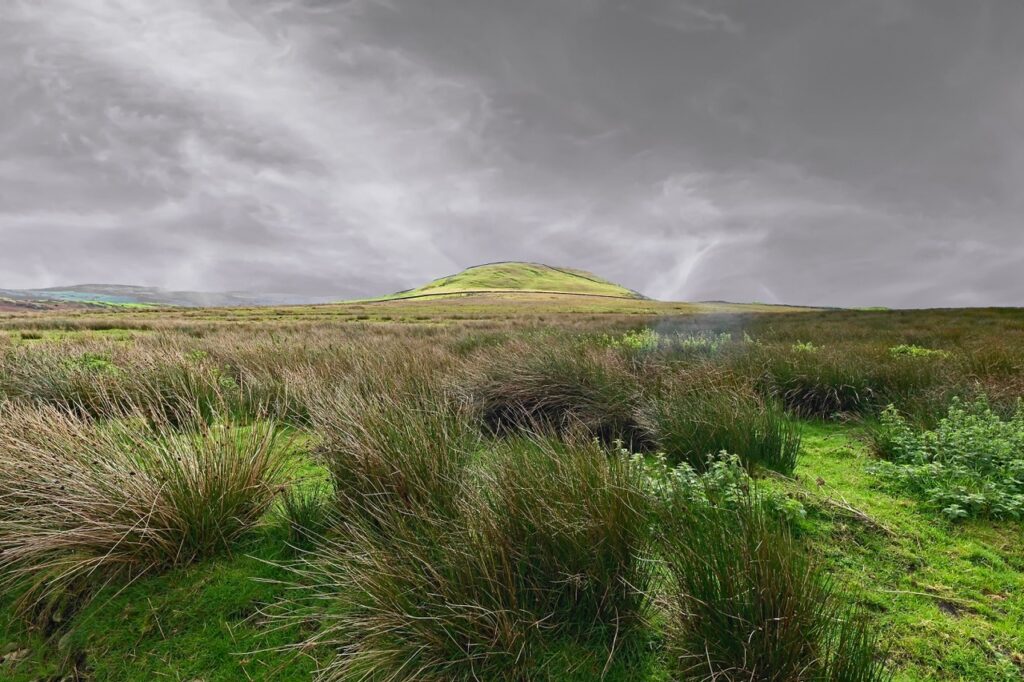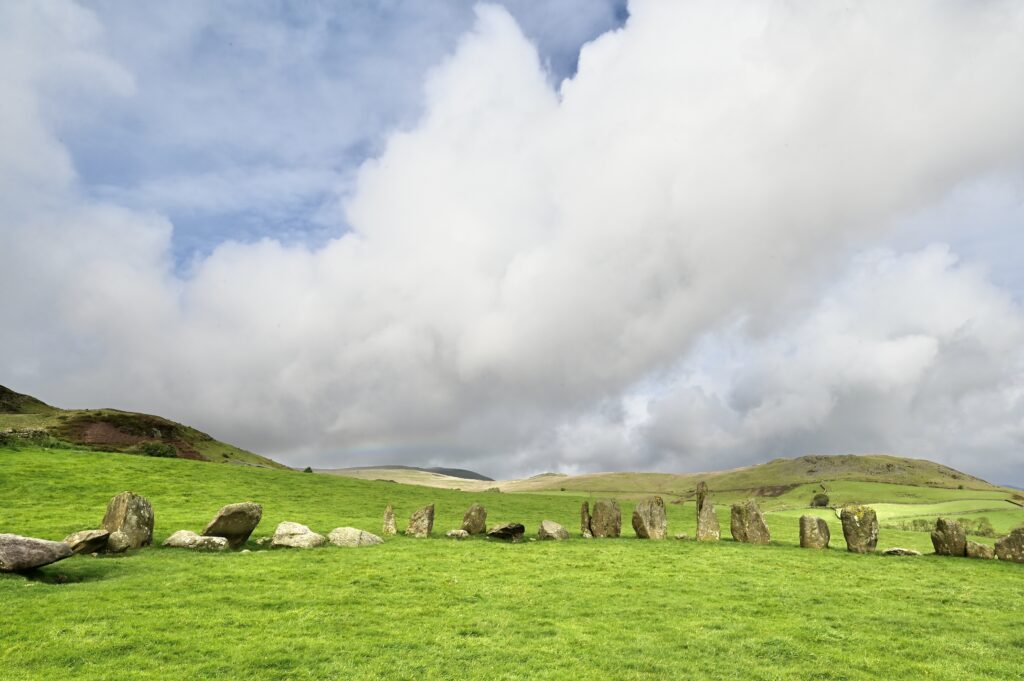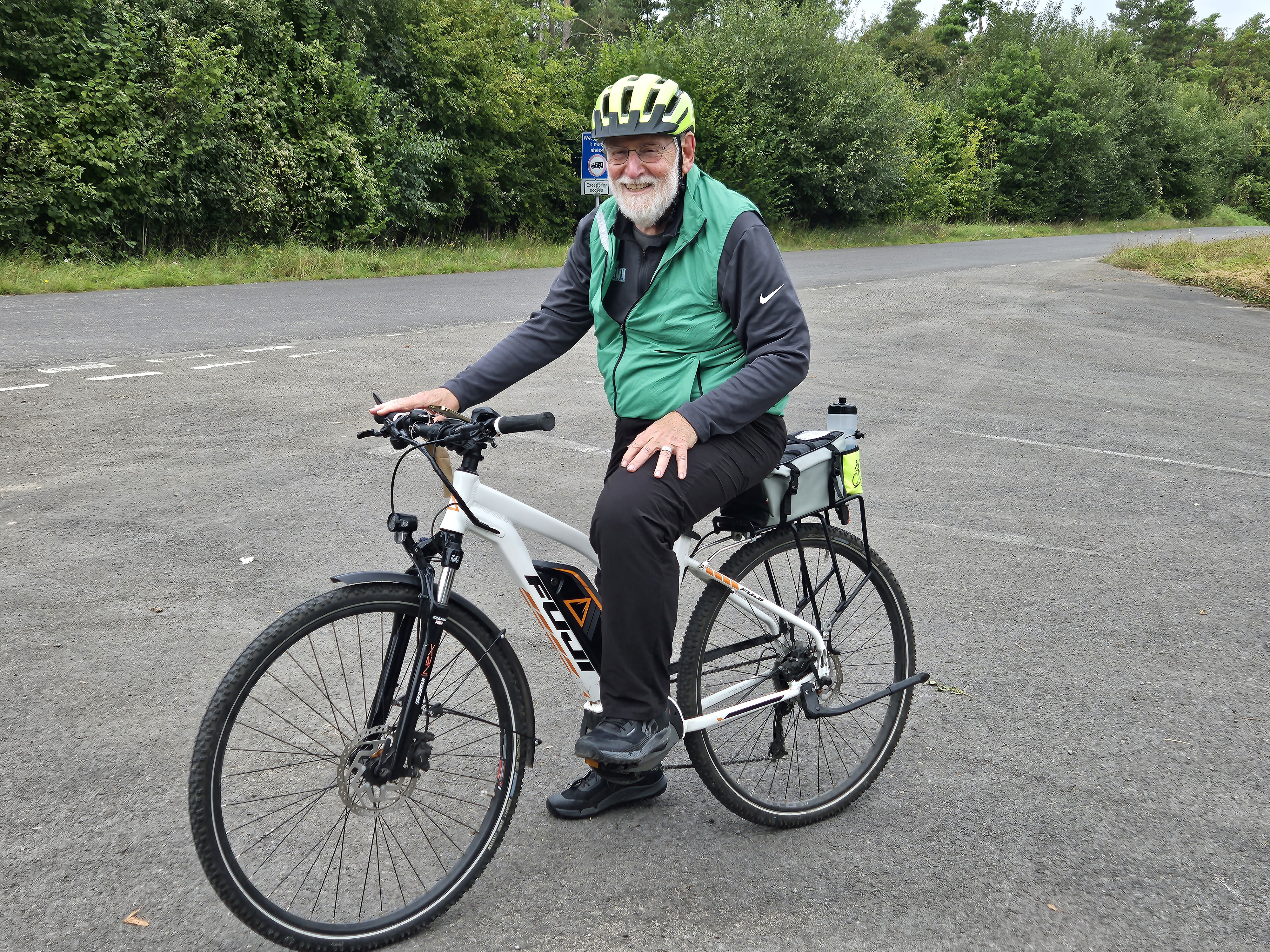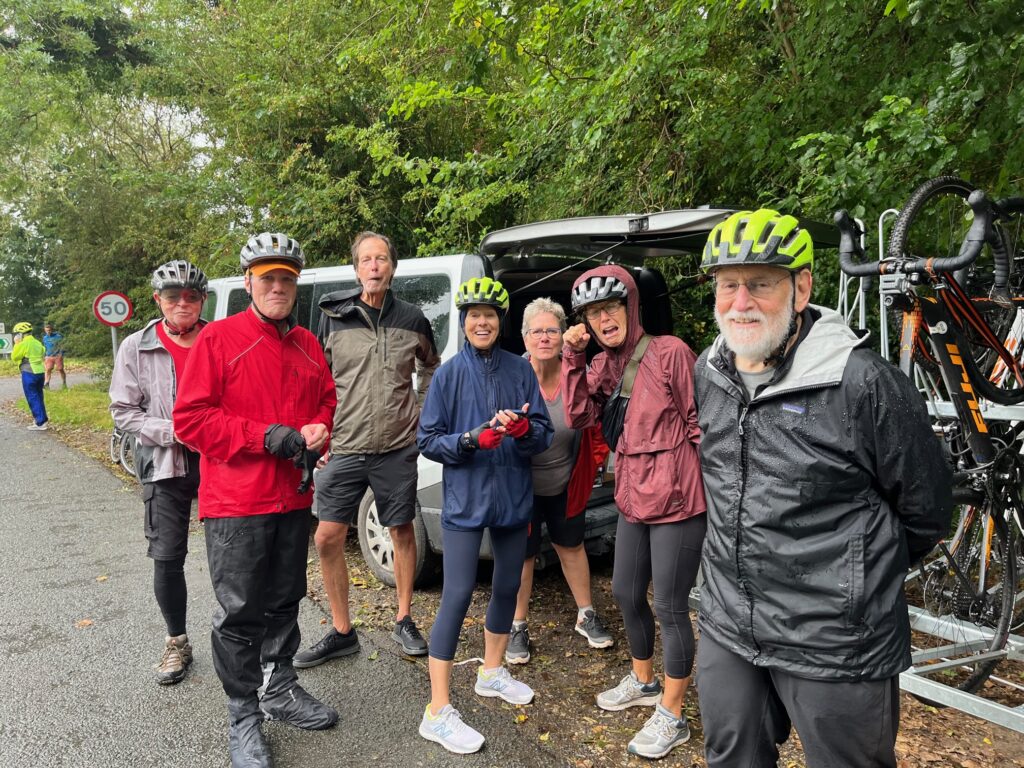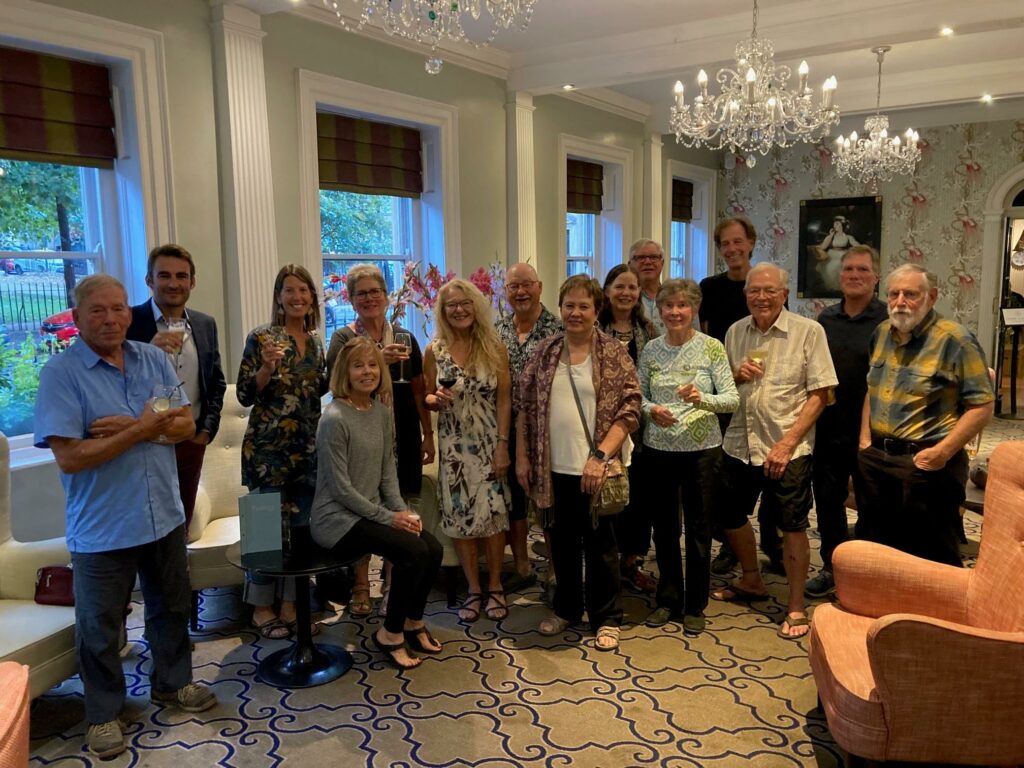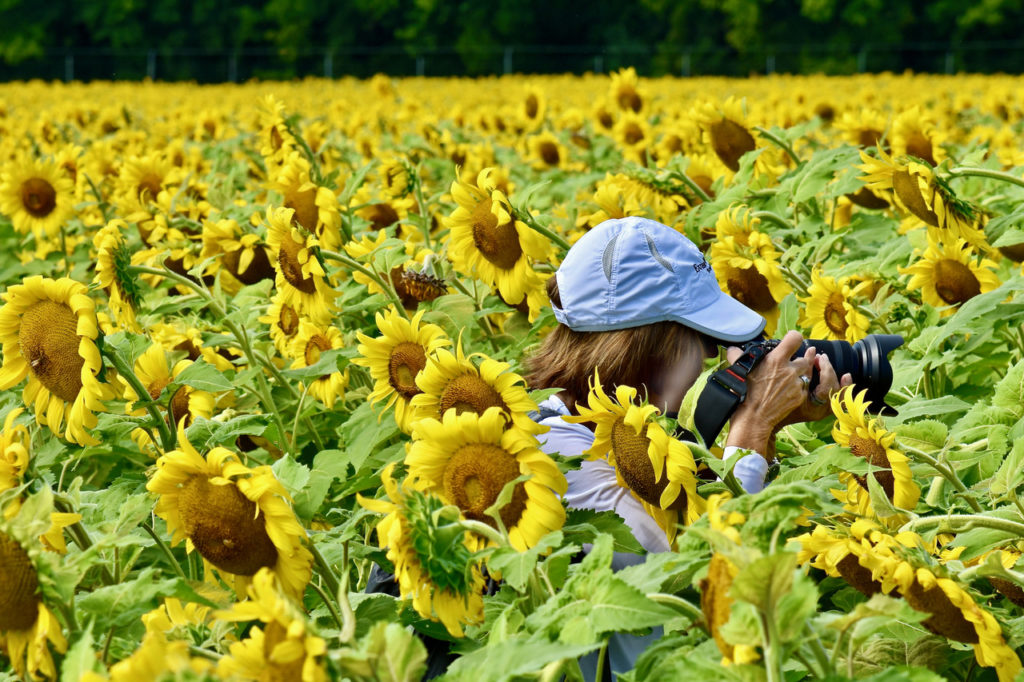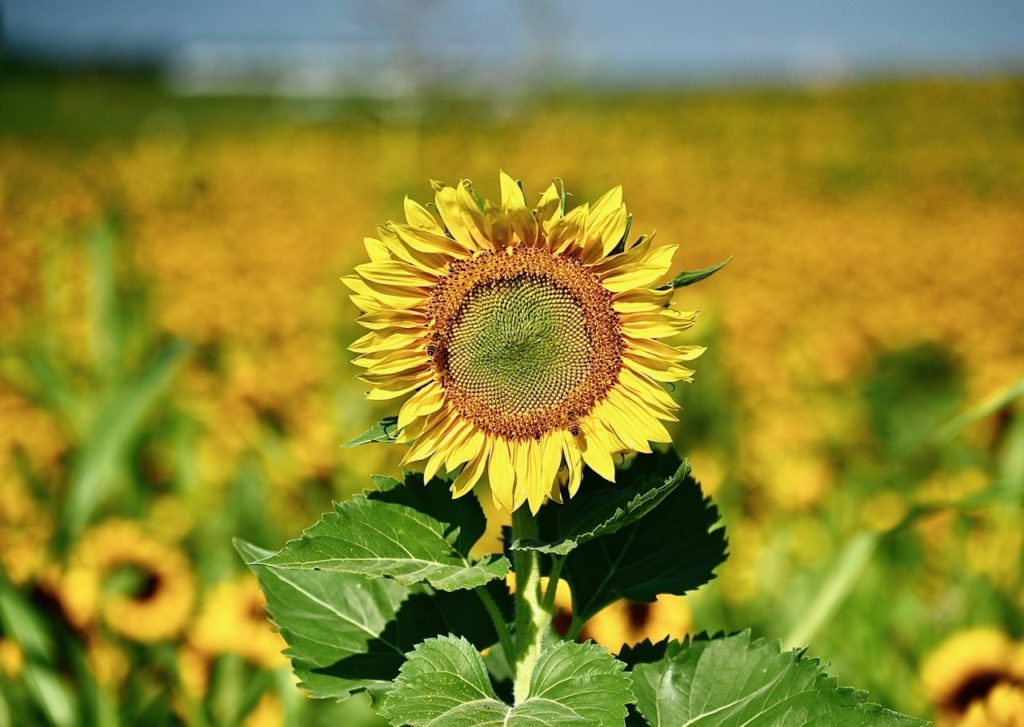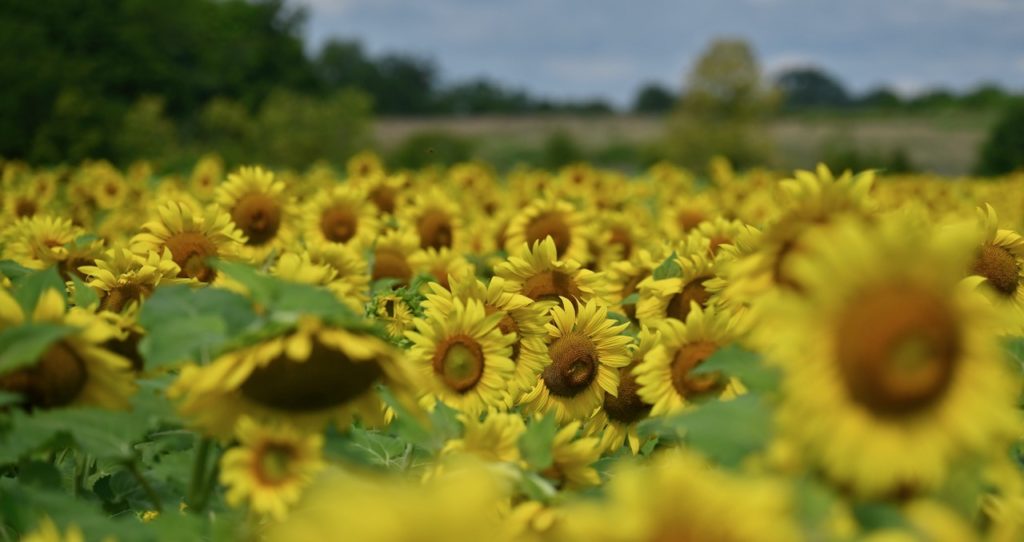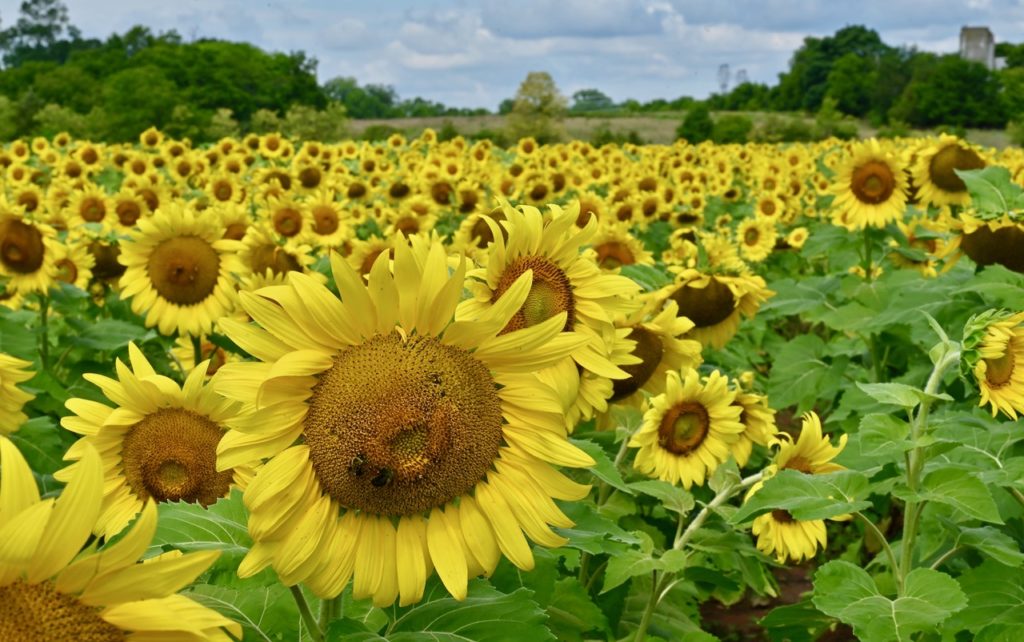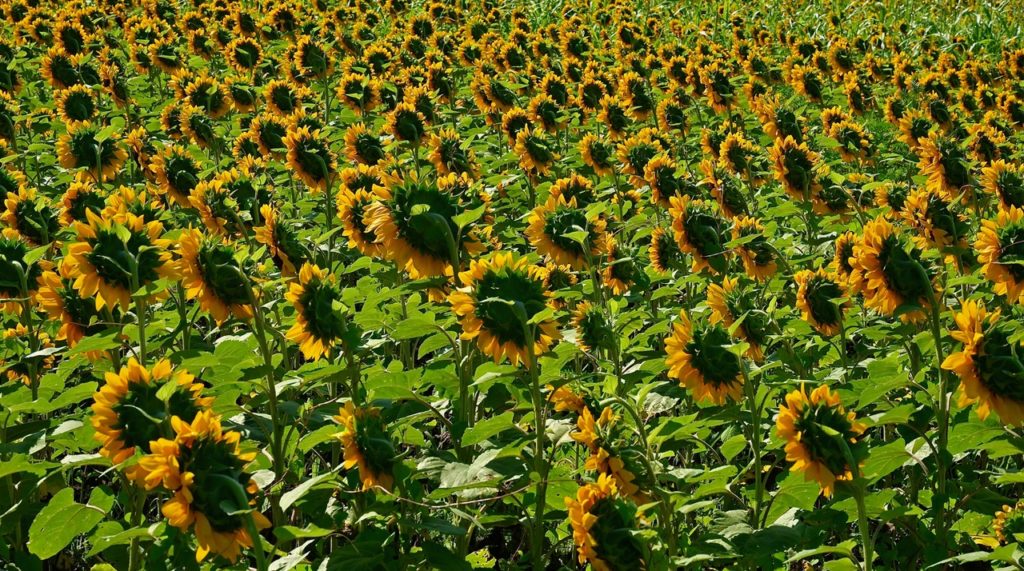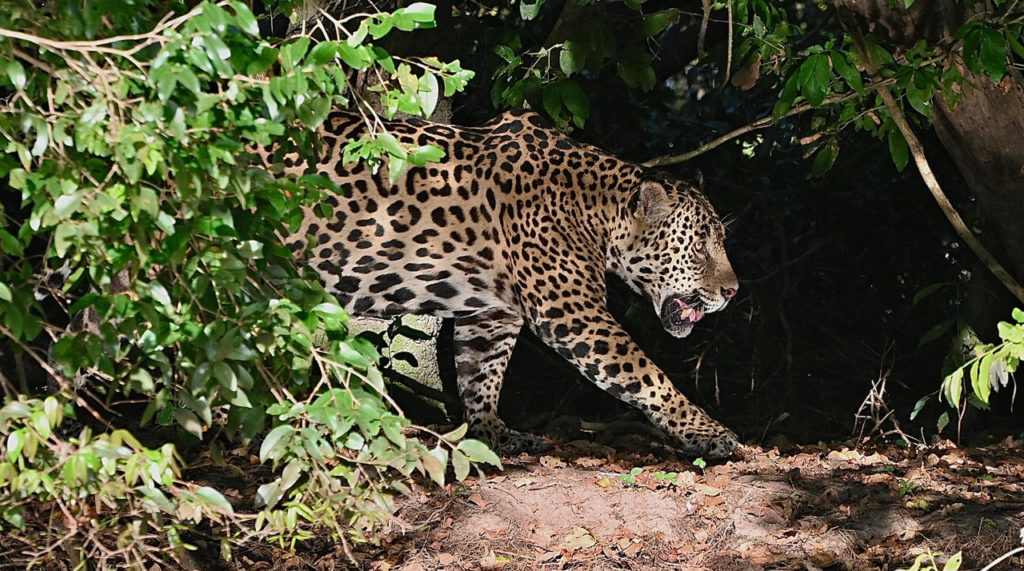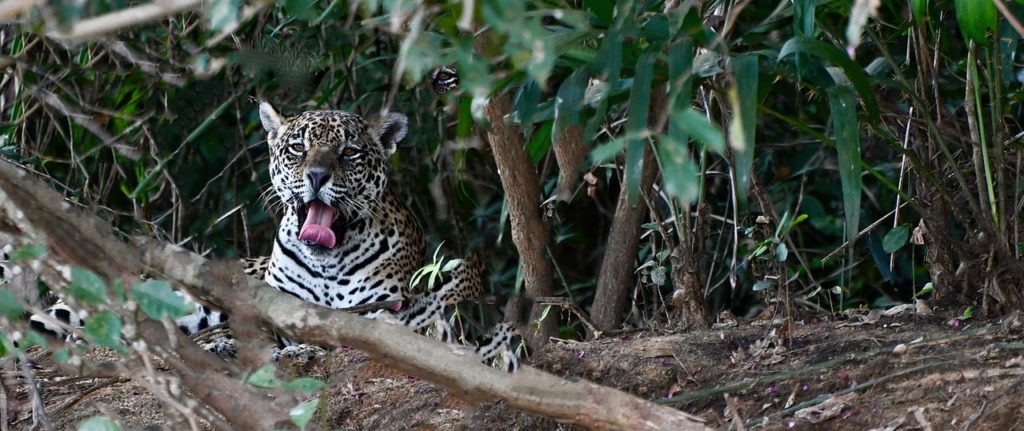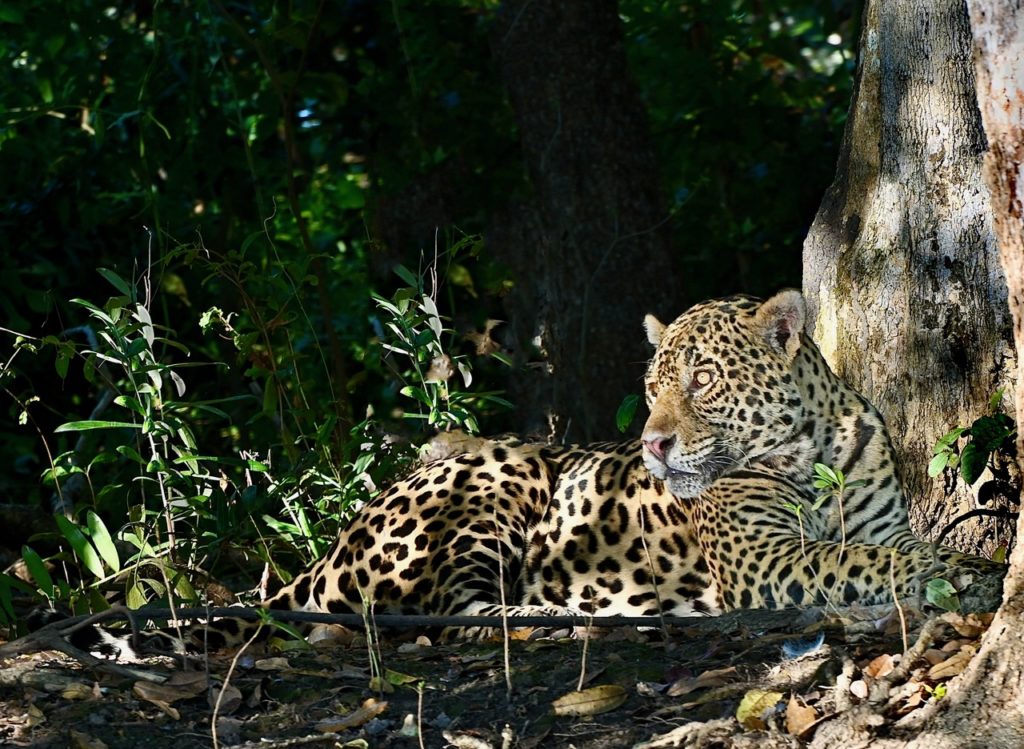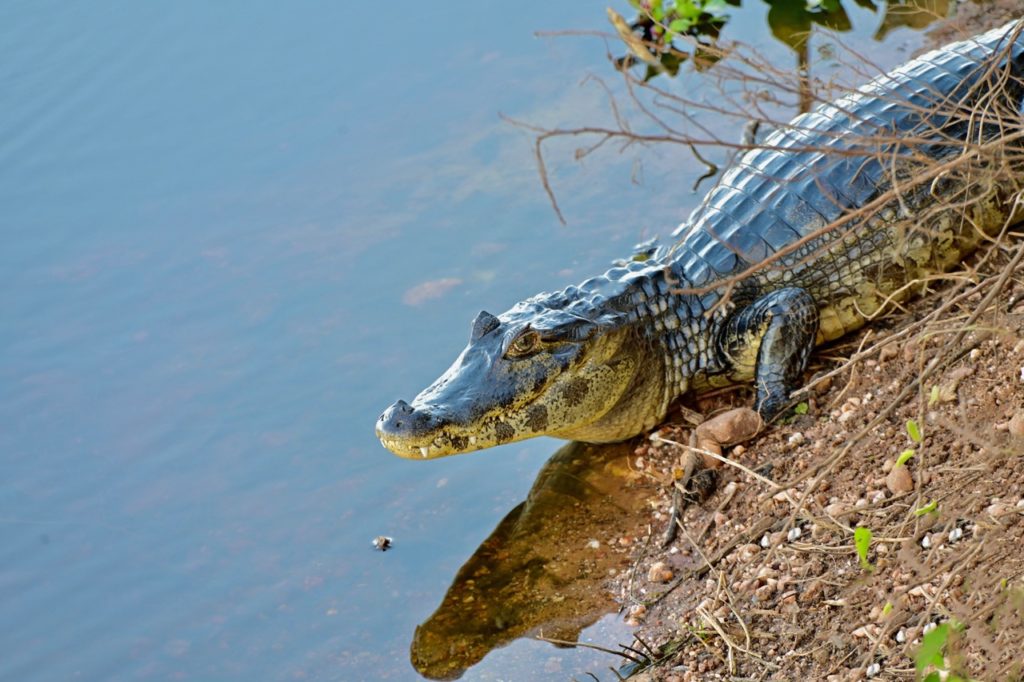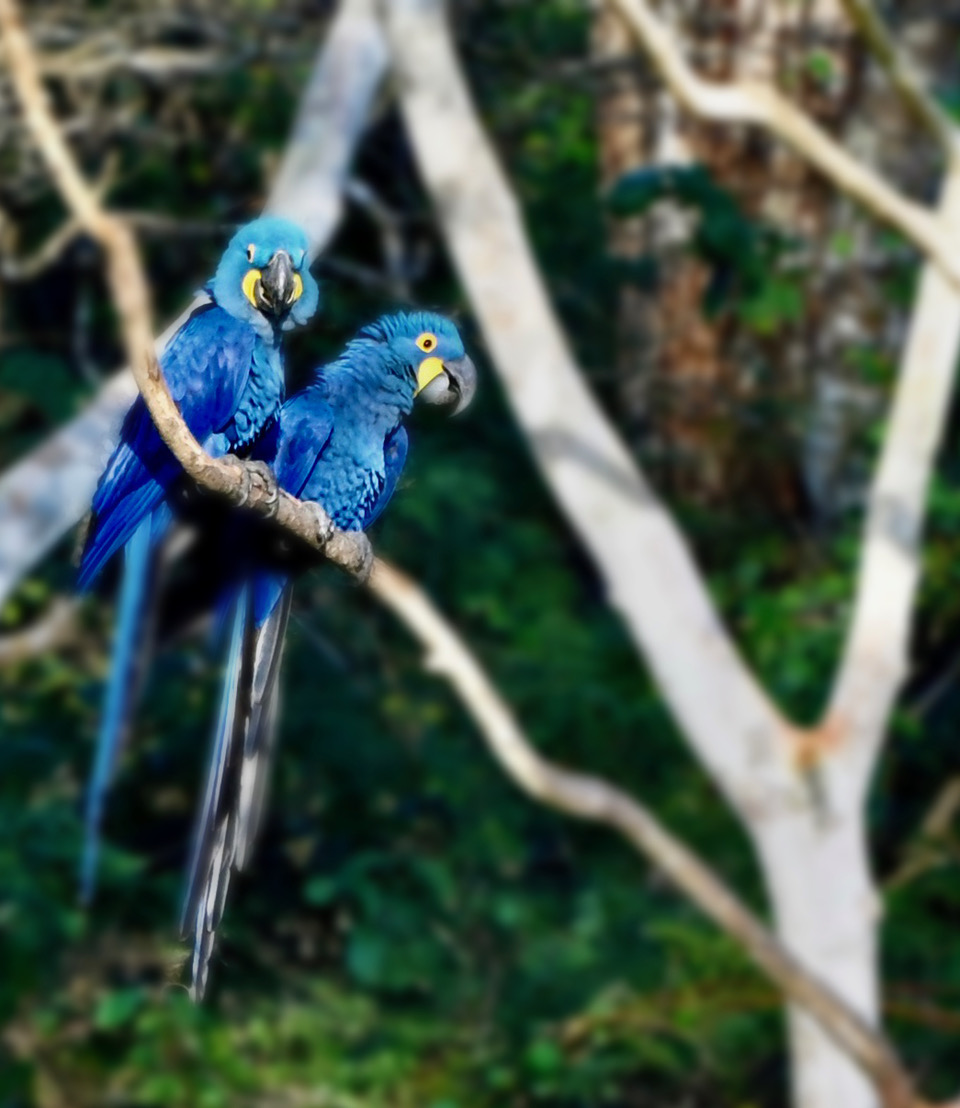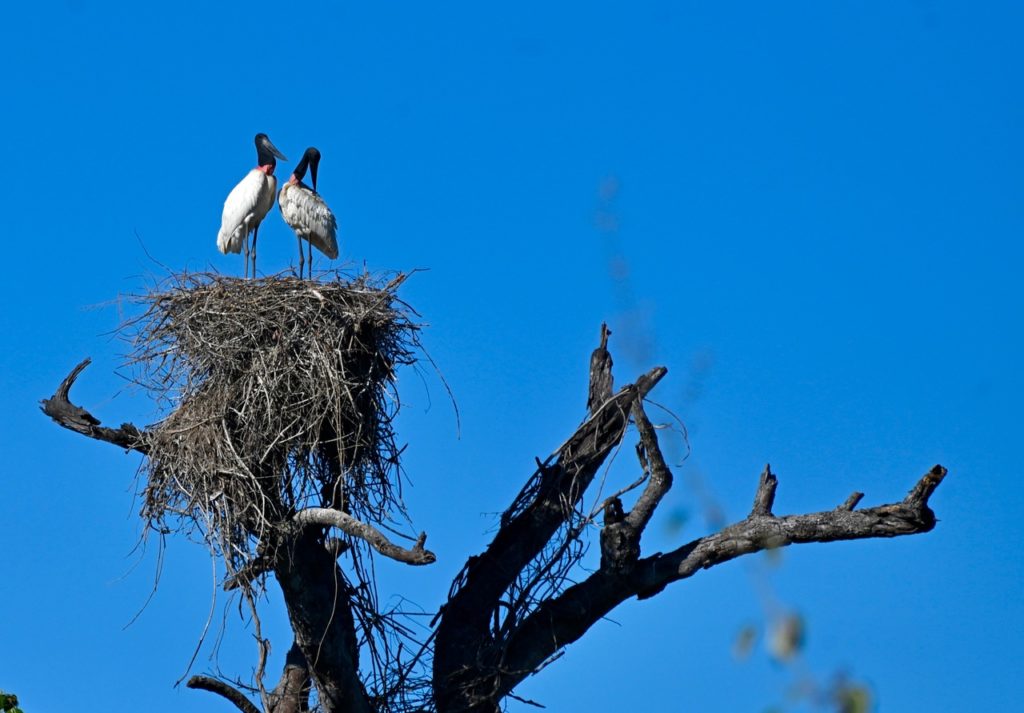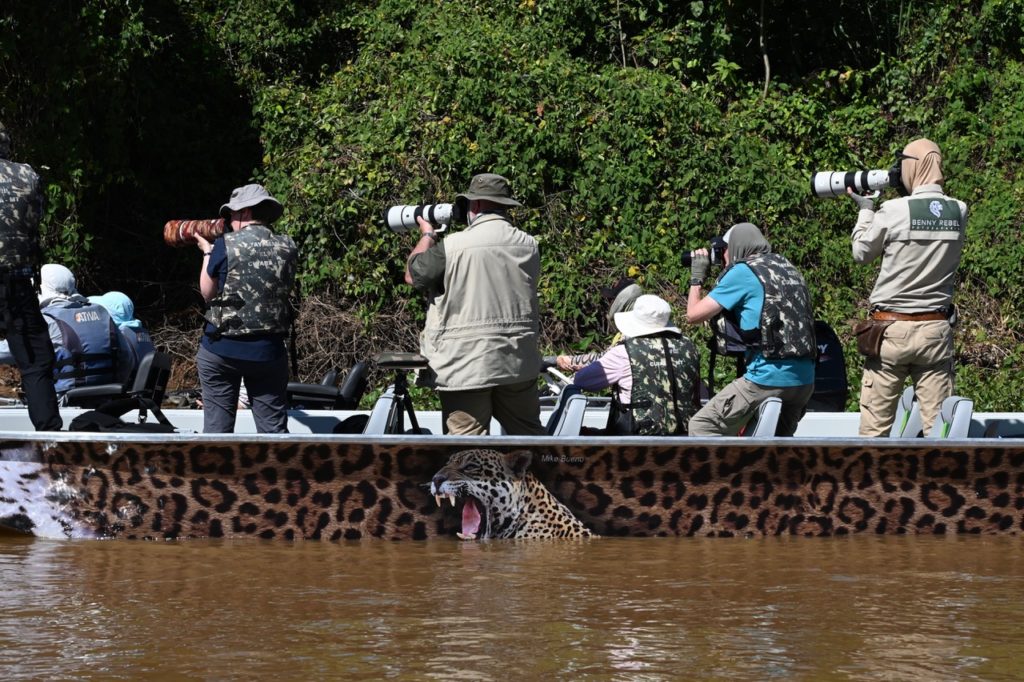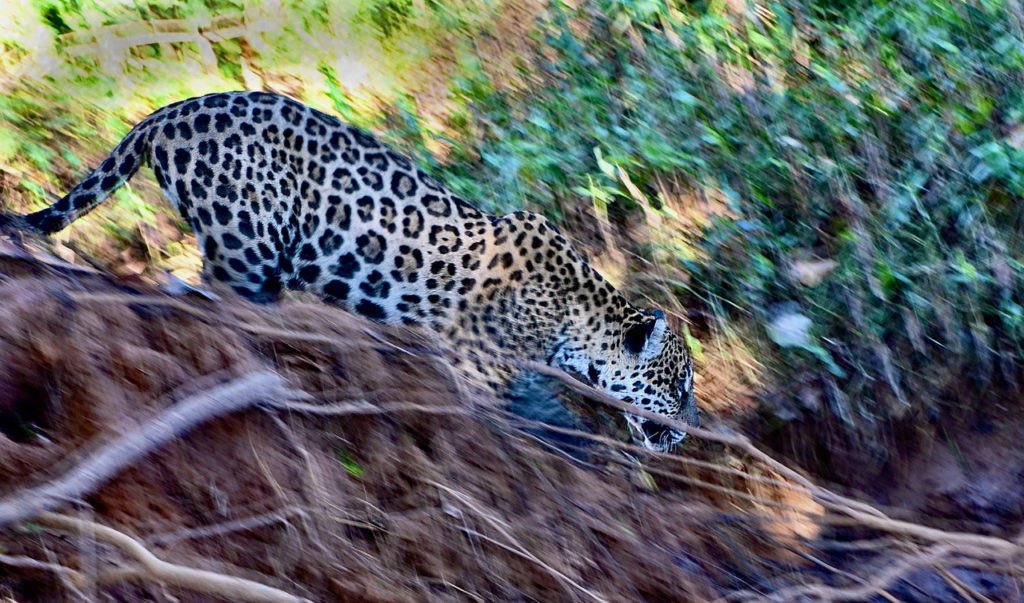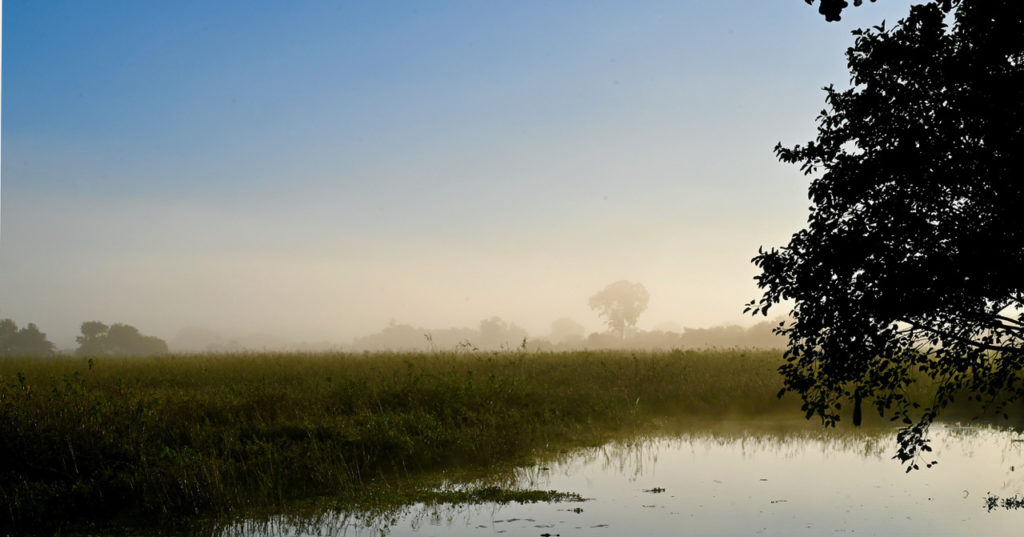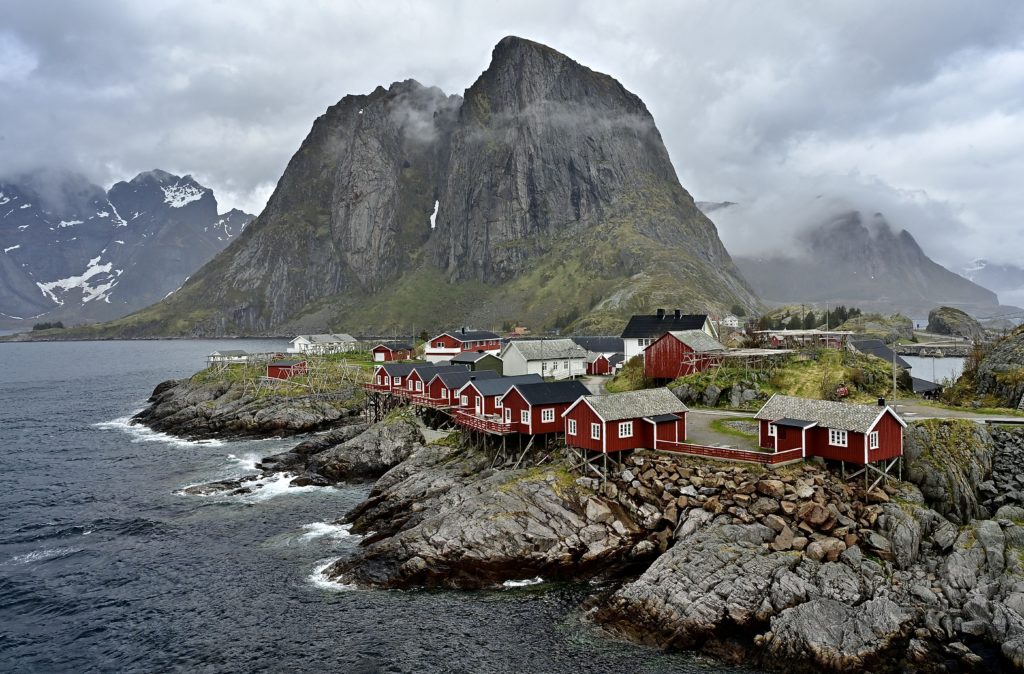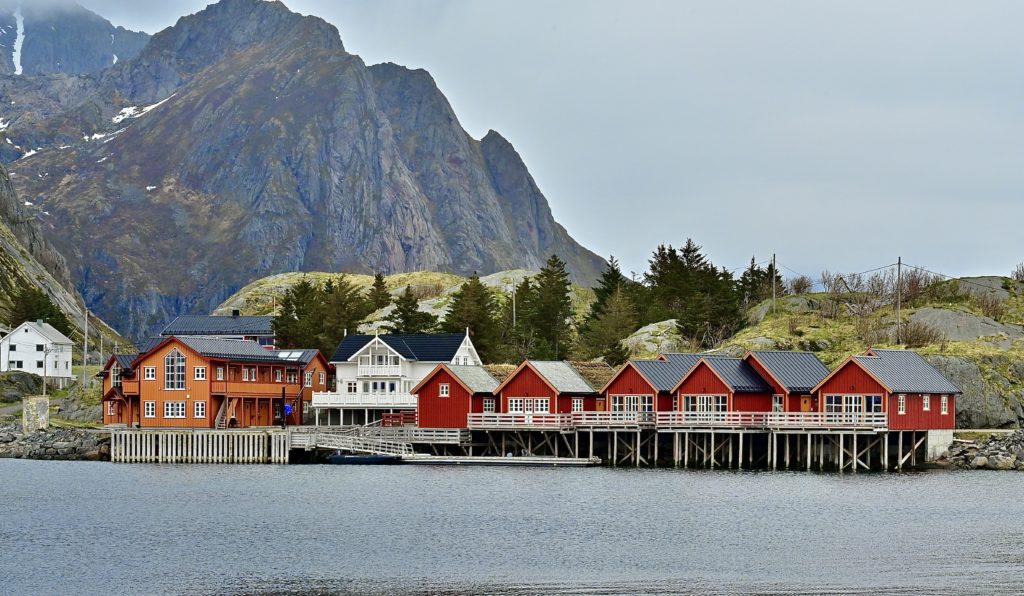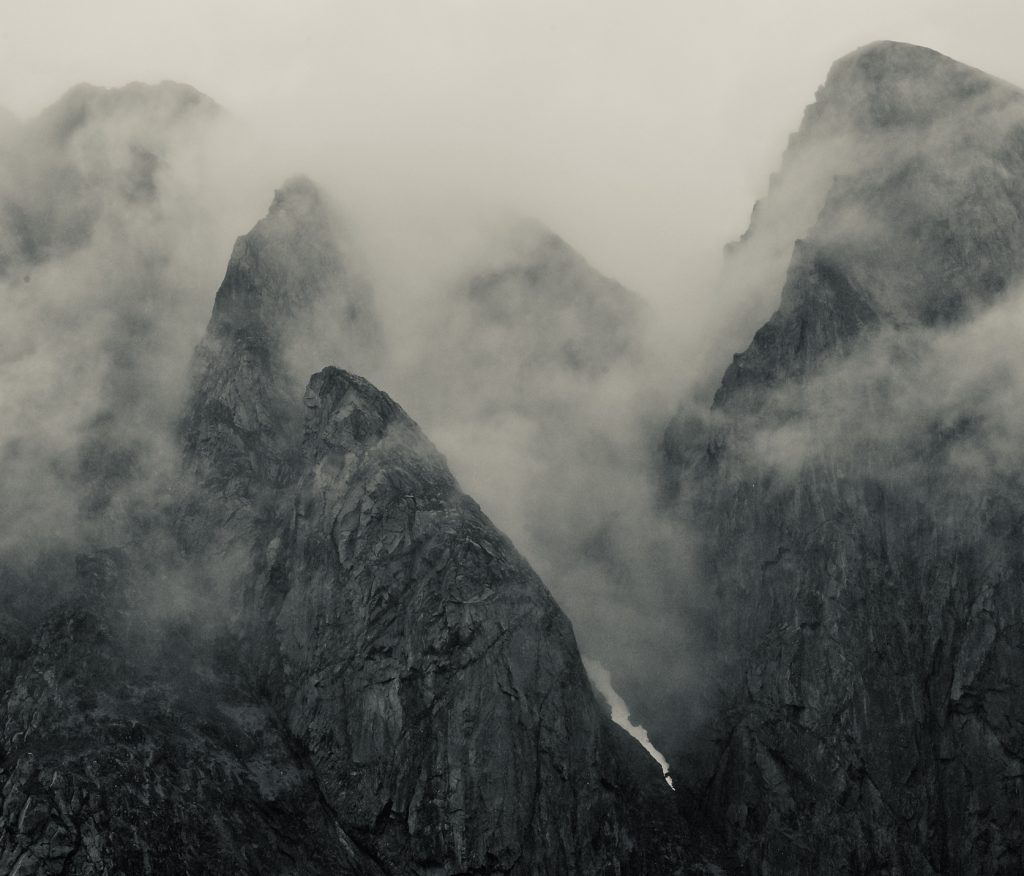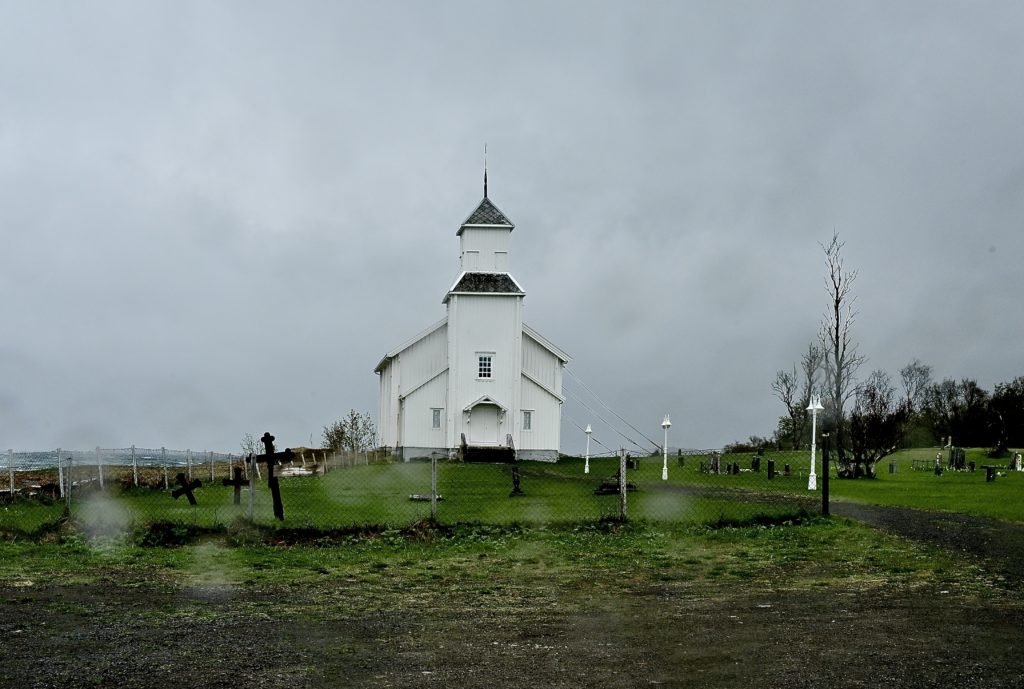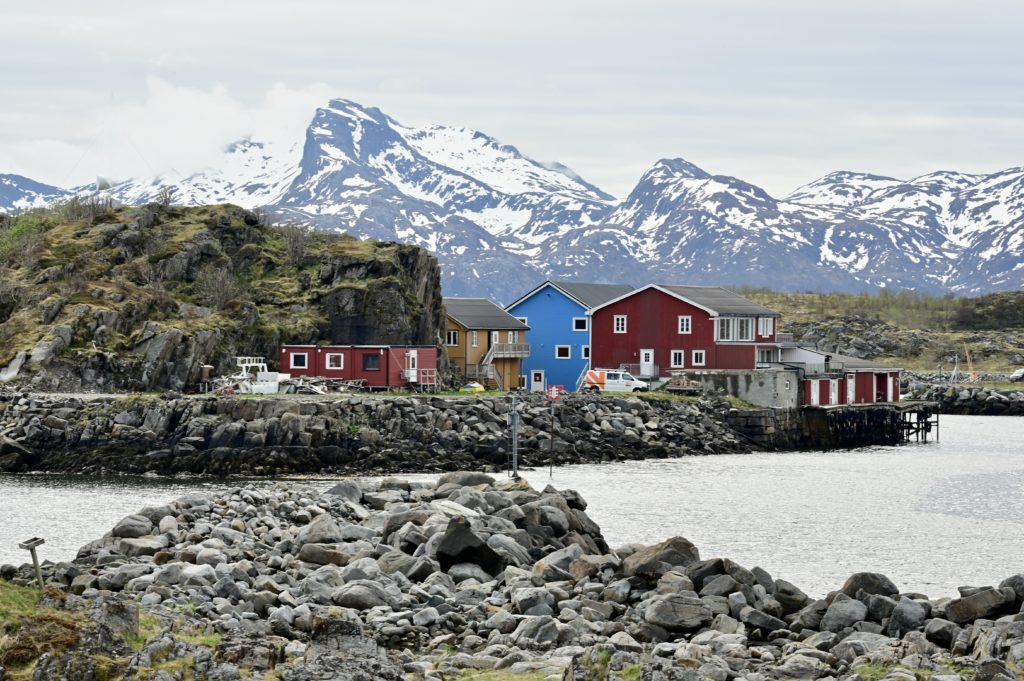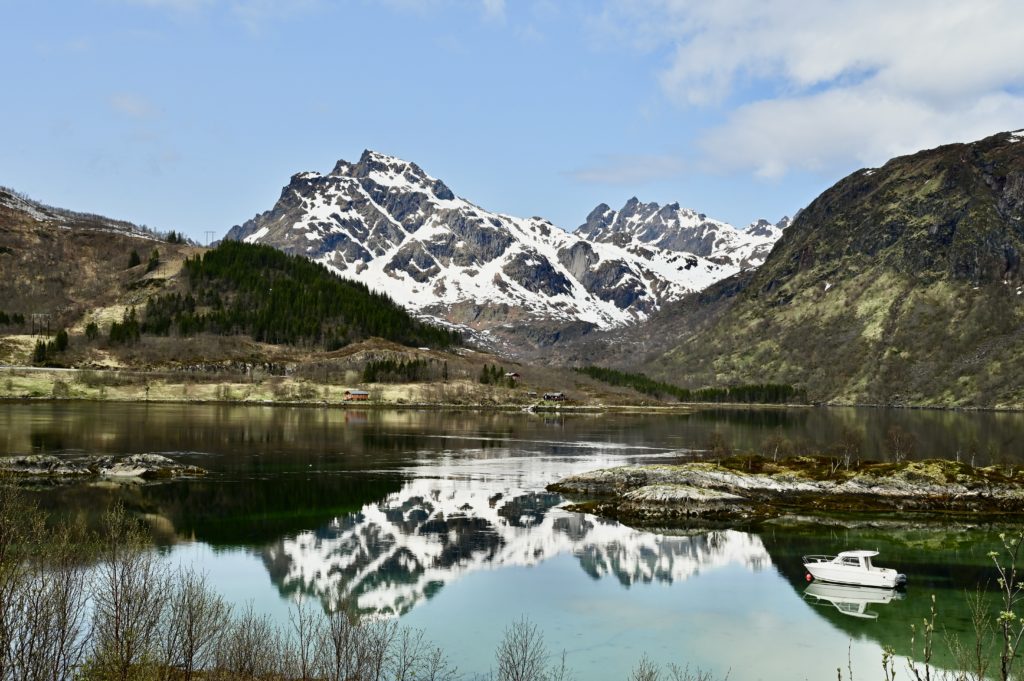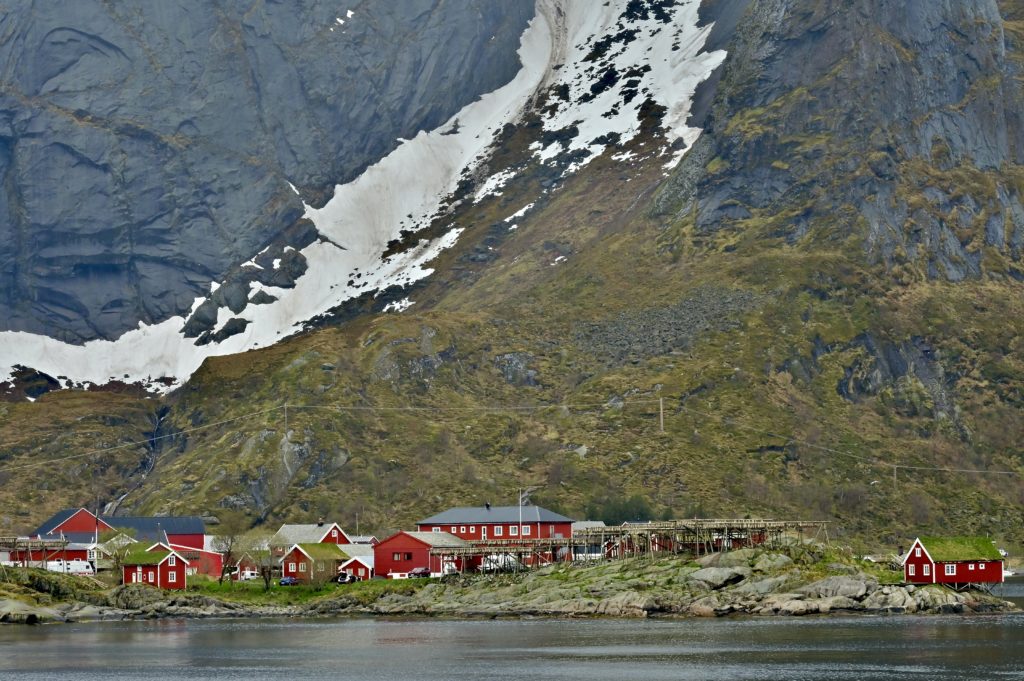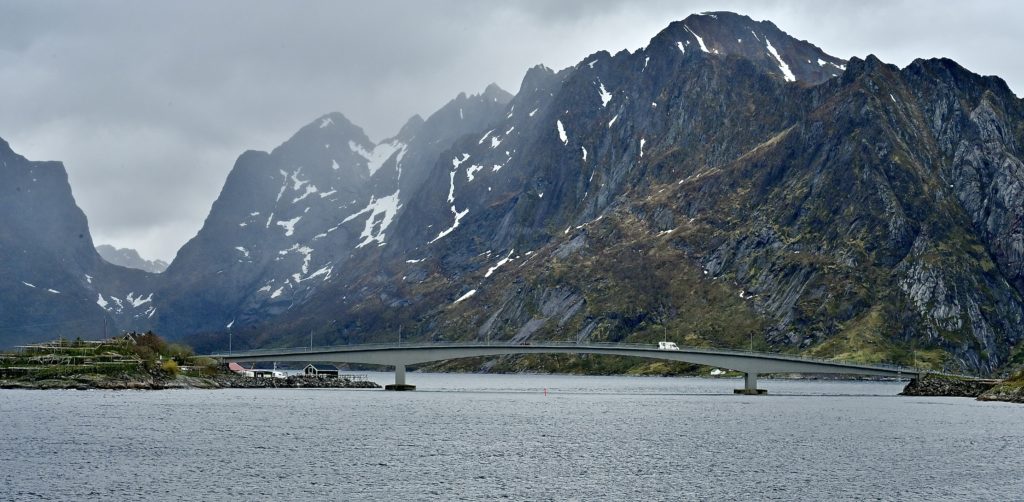A Best Friend Is Someone Who Gives Me a Book I’ve Never Read.” A. Lincoln
Sixty-four contributors (34 female, 30 male) responded to this annual (15th!) MillersTime call for favorite reads. Readers of this site offered 202 titles they identified as books they’ve particularly enjoyed over the past year. Fiction (F) was cited slightly more often than NonFiction (NF), 53%-47%
Books listed just below are titles that appeared in two/three or more submissions:
FICTION:
*All Sinners Bleed by S.A. Cosby
*Demon Copperhead by Barbara Kingsolver (Repeat from Last Year)
*Harlem Shuffle by Colson Whitehead
*Lady Tan’s Circle of Women by Lisa See
*Old God’s Time by Sebastian Barry
*Prophet Song by Paul Lynch
*Small Mercies by Dennis Lehane
*The Covenant of Water by Abraham Verghese
*The Heaven and Earth Grocery Store by James McBride
*The Postcard by Anne Berest
*Tom Lake by Ann Patchett
*Tomorrow and Tomorrow and Tomorrow by Gabrielle Zevin (Repeat from Last Year)
*West with Giraffes by Lynda Rutledge
NON-FICTION:
*A Fever in the Heartland by Timothy Egan
*American Prometheus by Kai Bird & Martin Sherwin
*Democracy Awakening by Heather Cox Richardson
*King: A Life by Jonathan Eig
*The Escape Artist: The Man Who Broke Out of Auschwitz to Warn the World by Jonathan Freeland
*The Wager: A Tale of Shipwreck, Mutiny, and Murder by David Grann
INDIVIDUAL FAVORITE READS
What’s even of more more value in my mind is not the two lists above, but the list below: the personal reasons why a book was chosen as a favorite. This year it seemed as MillersTime contributors were more expansive in their comments than in previous years. There is a wider range of titles, and it will take you time to comb through the list. (Note: if you tell me you read through the entire post, that will allow you to add an extra book to the number books you will be allowed to list at the end of 2024.)
And for the time each contributor took to write and send in their (up to five) titles, I am deeply thankful. Know that others on this list use it, often as the first place to look for new reads.
Contributors are listed alphabetically by first name. Any errors are solely my responsibility. Let me know if I need to make any corrections.
And if you missed the deadline, you can still send in your favorites (to Samesty84@gmail.com), and I can easily add them to this list.
Allan Latts:
Here are tree totally different and impactful books I read this year…
Come Up for Air: How Teams Can Leverage Systems and Tools to Stop Drowning in Work by Nick Sonnerber (NF). Very impactful book explaining how to better use technology to increase your daily productivity.
Outlive: The Science and Art of Longevity by Peter Attia (NF). Contends that mainstream medicine has failed to make much progress against the diseases of aging that kill most people: heart disease, cancer, Alzheimer’s disease, and type 2 diabetes. Explains the causes of each and makes an argument that aggressive prevention of the causes of these diseases is much more effective than treating the symptoms when they occur.
Elon Musk by Walter Isaacson (NF). This book was especially interesting given how much Elon has been front and center in the news this year. It was interesting to draw comparisons to Steve Jobs and Jeff Bezos – to change the world you have to be a little crazy (or in Elon’s case a lot), incredibly hard charging, and maybe not that nice. He has certainly changed the world in the areas of electric cars, space travel and satellite-based internet.
Anita Rechler:
A course on film and American political thought absorbed my reading (and watching) time this fall. From Democracy in America by Alex de Tocqueville (NF), On Liberty by John Stuart Mills (NF) to Capitalism and Freedom by Milton Friedman (NF) plus numerous short essays my eyes are exhausted, my brain is stuffed, and I am much too aware of the foundations of our challenging national (global) state of affairs. My other reads are unworthy of sharing. Readers of this best of list may not want to dive deep into political theory, though (re)reading the classics is illuminating!
Some though may want to read a relatively undiscovered, contemporary, hopeful book about climate change. Not Too Late, edited by two activists, Rebecca Solnit and Thema Young Lutunatabua (NF), assembles short essays and reflections from the front lines of climate change and social activism. The essays offer hope, an all too rare point of view, for the future and ways to get there. While the focus is climate change the messages about what can be accomplished through community action and individual leadership apply to any number of social and political challenges.
Barbara Friedman:
The Six: The Untold Story of America’s First Women in Space by Loren Grush (NF) is an excellent book about NASA and the Space Station with the focus on the first women astronauts beginning with Sally Ride and Judith Resnik (who alas was on the fatal Challenger along with the first non-astronaut, Christa McAuliffe). You learn a lot about what it takes to put an individual into space from the perspective of NASA but also any astronaut – it takes a lot of time and personal commitment all surrounded by a heavy dose of uncertainty. This is an excellent read!
Act of Oblivion by Robert Harris (F) is a wonderful historical novel about the hunt for the two of the regicides who killed Charles I. All but two of them have either died or been killed. So the hunt is on to find Edward Whalley and his son-in-law, William Goffe. The book takes place from 1660 on and mostly in New England. An excellent read.
Flirting with Danger: The Mysterious Life of Marguerite Harrison, Socialite Spy by Janet Wallach (NF) is a fascinating story of a Baltimore socialite and debutante who after having a son and losing her husband at an early age takes off to Europe and great adventure in the post- World War I era. She spies for the US Military intelligence in Germany and Russia in her mink coat. She once entered Russia illegally, spent two stints in Lubyanka, the notorious Moscow prison. During one prison stay, she was told that the only way out was to spy for the Cheka . . . and so she became a double agent! She also goes to Baghdad and the Far East as a spy. With two friends, she makes a documentary of her travels in the Middle East, at one time traveling across the Zardeh Kuh with Bakhtiari tribesmen. And this only captures a bit of what she did and accomplished. A MUST read!
The Bookseller of Florence by Ross King (NF) relates the story of Vespasiano who was “an excellent bookseller, with expert knowledge of both books and scribes, to whom all of Italy and foreigners as well resort when they want elegant books for sale.” This is a fascinating story of Vespasiano, Italy, and the creation of books by dedicated scribes. The book then details the development of the printing of books from hand written manuscripts to the inception of the printing press in the mid-1470’s. And with the advent of the printing press, hand-written manuscripts and books became history.
City of Light by Lauren Belfer (F) is a wonderful novel that takes place in Buffalo NY in its heyday in the late eighteen hundreds and early nineteen hundreds. The novel centers on Louisa Barrett, a mother, a spinster, a school principal, and a wonderful lady, and her life in Buffalo. Real life people come into play including Grover Cleveland, Mary Talbert, and a host of other remarkable (and some unremarkable) people. A moving novel.
Ben Senturia:
The Collected Regrets of Clover by Mikki Brammer (NF). After a trip to Northeast Oklahoma (part of the old Indian territory), I became interested in reading about the 1830 Indian Relocation Act resulting in the trail of tears and many other lesser well-known stories of forced relocation from virtually every state. It’s a terrible part of our history that got little attention in my education.
My reading then included:
The Cherokee Nation and the Trail of Tears by Perdue and Green (NF).
The Osage in Missouri by Wolferman (NF).
The Trail of Tears across Missouri by Gilbert (NF).
The Other Trail of Tears: The Removal of the Ohio Indians by Stockwell (NF).
Unworthy Republic by Saunt (NF).
Bill Plitt:
I guess the book of the year for me, read nearly every day in some way, and in some form is Heather Cox Richardson’s Democracy Awakening: Notes on the State of America (NF). It is the culmination of many years of historical scholarship by the author which reflects images of by gone periods of American political/cultural history, and their relevancy to today’s quagmire. Having been steered to her daily writings, Letters of an American, a few years ago by our friend, the editor of this book reading project we all find so stimulating, I find Richardson’s book another chapter in helping me and perhaps many of you, understand the pending cliff we are facing as Americans and the urgency to respond to the “Hell no….” of an earlier generation, not to follow a path of a disastrous ending of the American dream, but an opportunity to take the original idea (not the “originalists” of today ) and build a better future for our children than the one they face at the moment. A must read!
Bina Shah:
The Covenant of Water by Abraham Verghese (F).
America for Beginners by Leah Franqui (F).
The Late Comer by Jean Hanif Korelitz (F).
The Reading List by Sara Nisha Adams (F).
The Personal Librarian by Marie Benedict (HF).
Brandt Tilis:
The three I submitted for the first half of the year were excellent. Here are the five I most enjoyed in the second half of 2023:
Open by Andre Agassi (NF). This is Andre Agassi’s autobiography, which was ghost written by J.R. Moehringer. I am not a tennis fan, and I never really cared for nor followed Agassi when he was playing. Still, this book spoke to me in a unique way because it’s a book about chasing fulfillment. When everyone else measured Agassi’s success as one thing, he measured it differently. He has incredible recall, and Moehringer gets the most out of it.
Tribe by Sebastian Junger (NF). This is a book about why people feel like they belong more to certain tribes or groups than others. It made me think a lot about belonging, psychological safety, and extrinsic rewards. Parts of it are absolutely heartbreaking.
The Dark Forest by Liu Cixin (F). This is the second book in the Three Body Problem series, which I have plugged on here before. It’s science fiction but pretty interesting.
Loonshots by Safi Bahcall (NF). This is about how to cultivate great ideas in your organization and ecosystem. With technology increasing and looking for optimal solutions, we need to remember that to really advance, we need “Loonshots” that push us into the far right tail of any distribution. How do we look past the algorithms and AI to make those ideas possible?
Fourth Wing by Rebecca Yarros (F). Three series of books I have never read converge into one: Game of Thrones, Harry Potter, and Fifty Shades of Gray. It’s a little weird at first, but once I understood the environment and all of the suspension of disbelief, it was a very fun read, even if a little long.
Brian Steinbach:
The following is in addition to the mid-year listed books.
Mrs. Dalloway by Virginia Woolf (F). I picked this up at a friend’s house last December and was not disappointed. I’d long heard of the book but had never read it, or for that matter much of anything by Woolf. It tells the story of a single day in the title character’s life, but with many flashbacks and side stories that appear unconnected until the end. While much of the book is an obvious critique on inter-war British upper and upper-middle class culture, I found most notable its treatment of a character suffering from what we now call PTSD, which affected many in 1920s Britain. Woolf herself was bipolar and her critique of the medical profession’s handling of mental illness is spot on. The (mostly subtle) hints of homosexuality are also notable. Easy to read and a flowing narrative as well.
The Plague by Albert Camus (F). I’d been meaning to read this since the COVID pandemic and finally picked up Mary’s copy from high school, complete with her marginal notes and summary of the main characters (very helpful). We follow several characters who deal with the plague and quarantine of an entire city, mostly helpless to fight it and the isolation imposed but nonetheless compelled to do what they can to survive and to help others, despite personal loss. A subplot of a minister who blames the plague on sin eerily prefigures comments of ministers about AIDS. And when the plague ends, people quickly go back to their old habits – not unlike post-COVID.
Harlem Shuffle by Colson Whitehead (F). Set the Harlem of 1959, 1961, and 1964, this tells the story of a mostly upstanding furniture store owner who dabbles in some fencing of stolen goods but then finds himself dragged by his cousin into several more serious capers. He has to struggle between his fundamentally honest self and skirting the law to fix the results of these capers. The characters are colorful and well-drawn, and there is a nice level of satire of black bourgeoisie, reference to the end of “Radio Row” in advance of the building of the World Trade Center, and appearances of slightly corrupt police. All leavened with a dose of history, ending in a 1964 riot. I’m looking forward to reading the sequel, Crook Manifesto, published earlier this year
Empire Imagined by Giselle Donnelly (NF). This is the first volume of a trilogy that seeks to examine the origins of American strategic culture dating back to the Elizabethan era and British search for security in imperial expansion as well as a connection between security and liberty. This volume explores the internal English politics leading to the ascendency of southern England, the 16th century wars to dominate Ireland – and establish “plantations” there ruled by Englishmen – and the early efforts to counter the Spanish, first by challenging it sea power and then by efforts to establish English outposts in what is now North Carolina. I learned much about English-Irish history as well as England’s early dealing with the indigenous populations of the Outer Banks area, plus the development of the British imperial impulse combining deeply held faith and political ideology that legitimized Tudor rule – but remained willing to ally with Catholic countries when necessary. Realpolitik anyone? Giselle has a long history in foreign and defense policy and, it must be noted, was a classmate for eight years (5th-12th). Volume Two is expected early next year.
American Midnight by Adam Hochschild (NF). Hochschild writes about an often overlooked period of American history – during and after World War I and prior to the Roaring Twenties, when racism, nativism, red-baitingand contempt for the rule of law flourished and civil liberties were almost non-existent. It is shocking to read of the mistreatment of conscientious objectors in military prisons, under the leadership of a general who previously had caused the murder of Filipino rebels. Equally shocking are the many other incidents of intolerance and persecution of labor leaders, people of German heritage, and various political prisoners. Vigilante organizations were tolerated and encouraged, some of whose leaders went on to lead the rebirth of the KKK. The nativist streak led to the enactment of strict immigration restrictions as well. J. Edgar Hoover rose to power on the back of these events, particularly the Red Scare of 1919. Notably, there is much in what Hochschild describes that can be seen in current political tendencies. Note- Hochschild also wrote King Leopold’s Ghost, an important recounting of Belgian atrocities in colonizing what today is the Congo.
Carole Haile:
Between Two Kingdoms: A Memoir of a Life Interrupted by Suleika Jaouad (NF). A deeply moving memoir from a young woman diagnosed with leukemia at age 22 and a 35% chance of survival. Her openness and raw reality of what it’s like to go through brutal chemo treatments and other illnesses related to her cancer; reinforced that if you aren’t living it, you truly CAN’T understand. The depths of despair she experienced followed by her strength to ultimately move forward after her remission are both heartbreaking and triumphant.
Fresh Water for Flowers by Valerie Perrin (F). Translated from French, it’s the story of Violette, a caretaker at a cemetery in a small town in France. How she arrives at this unusual occupation unfolds as the complex story and relationships are revealed chapter by chapter. It is a story of love, grief, trust, betrayal, anger, hope, understanding, renewment and more . In other words, just about every emotion you can imagine. I loved the characters and their development, even the ones that weren’t so nice.
Lily’s Promise: How I survived Auschwitz and Found the Strength to Live by Lily Ebert and Dov Forman (NF) (Read and reviewed prior to Oct 7th). The true story of Lily Ebert’s life from her days in the extermination camps to life after liberation (not as easy as people think), to her marriage and life in Israel and finally to her settling in London. Her refusal to give up, her absolute commitment to her family and friends and her strength in sharing her story at an older age are all testaments to the exceptional woman she is. Her great grandson Dov tackled tracking down people and mementos from her past at the ripe young age of 16 and co authored with Lily to bring her story to us. The photos at the end are priceless especially the one with all her grandchildren and 35 great grand children!
Sweetness of Forgetting by Kristen Harmel (HF). Originally published in 2012, it has been republished as a 10 year anniversary edition with this cover in 2022. The story spans the Holocaust but is more about family dynamics and relationships, finding meaning in your life, and a beautiful love story that will touch your heart.
Hope sets off to Europe to piece together the history of her grandmother, Mamie who is succumbing to Alzheimer’s. What she uncovers is the opportunity to reunite a love lost 70 years ago.
Kristen researches her books thoroughly and infuses emotion into them with her writing style.
If you enjoy Kristen’s many NYT Bestsellers or follow her on FB, or in her shared group Friends and Fiction, you may know she released a new book in June, The Paris Daughter. She is donating a portion of her advance to help further research for a cure to breast cancer following her diagnosis in October at age 43. Fortunately, it was found early but is more aggressive than originally thought. Please keep her and her family in your prayers.
All the Broken Places by John Boyne (HF). Sequel to The Boy in the Striped Pajamas, (can be read as a stand alone). It is rare to find a Holocaust book centered on the emotions and experiences of a German, particularly one who was a child during the persecution of the Jews and whose father was a high ranking official. The author did a very good job of presenting Gretel as both a despicable and contrastingly sad and guilt laden casualty of Hitler. Very emotional and several surprises. Enjoyed the dual timelines and how they converged.
Catherine Lynch:
Lost & Found by Kathryn Schulz (NF). It’s a (very) extended essay on losing and finding those we love, and is unexpectedly wonderful..
Chris Boutourline:
I’d like to thank your readers for their past suggestions which lead me to three books I probably wouldn’t have otherwise read. Those books were Myth America, An Immense World, and The Book Woman of Troublesome Creek.
Titles I can suggest include the following:
I Have Some Questions for You by Rebecca Makkai (F). An imaginative take on the “who done it” involves a decades old murder of a student at a New England boarding school. The protagonist was a roommate of the deceased and returns to the school to teach a seminar on podcasting. I found the theme of a pliable perspective, as it applies to evidence, most interesting.
Foster by Claire Keegan (F). I was charmed by this novella which follows the growth of a young girl as she begins her navigation of the world.
Yellowface by R.F. Kuang (F). Appropriation on steroids, a wild ride about who gets to tell the story.
Three Bags Full by Leonie Swann (F). Subtitled, “A Sheep Detective Story”, need I say more? This one was in an email from Live Wire Radio, recommended by Elana Passarello of NPR fame.
Drive Your Plow Over the Bones of the Dead by Olga Tokarczuk (F). A murder mystery set in rural Poland that explores the boundaries of “acceptable” behavior.
Chris McCleary:
The Ocean at the End of the Lane by Neil Gaiman (F). A short, standalone fantasy novel disconnected from any series or trilogy (which makes it unusual in this genre) yet brimming with creative world building and magical realism that encapsulates a unique coming-of-age fable. It was first published a decade ago but I finally read it this past year. It was voted Book of the Year in the British National Book Awards in 2013 and was a Nebula Award nominee that year as well.
Chris Rothenberger:
Hello Beautiful by Ann Napolitano (F) This is a story of love or the absence of it that shapes three decades of a family. Napolitano does a deep dive into the depths of a family’s love and hurt as the characters grow up and move through life. The reader comes to care for them as the tapestry of their lives unfolds and matures. William Waters experienced a loveless upbringing, and basketball becomes his love language. Young William marries into the Padavano family, comprised of four spirited and vastly different sisters, parents, and other extended family. Unique, quirky, different personalities embrace him, complete with their flaws and challenges; they are inseparable. As he enters their orbit, his own deeply rooted problems surface and evolve into a catastrophic rift that severs the relationships among the women.
The author has a wonderful voice for storytelling and carefully crafted words that are stirring, heart rending as the reader becomes invested in the lives of this enmeshed family. I found it a fascinating story about relationships and particularly because it was a close look at generational dysfunction and how people respond to the things that happen to them (both positive and negative) in life. The story of how they become who they were was fascinating to this reader, watching what bound them together and tore them apart was riveting. I often wonder why people are the way they are, and this book traces adulting back to parenting, early experiences, choices made, and the love and losses that ultimately shape each of us. This author is deeply moving, and I will be looking forward to reading her other books.
Chuck Tilis:
The Escape Artist: The Man Who Broke Out of Auschwitz to Warn the World by Jonathan Freedland (NF). The question is what did his warning accomplish? This book is a true page turner about an incredible individual who while imprisoned in Auschwitz escaped to warn the world about the atrocities by the Nazis. Did he succeed?
A companion book which is quite discomforting is:
The Jews Should Keep Quiet: Franklin D. Roosevelt, Rabbi Stephen S. Wise and the Holocaust by Rafael Medoff (NF). Eisenhower said take pictures after the Allies entered the concentration camps—but where was America for the years before? This history isn’t pretty. Medoff delves into difficult truths: With FDR’s consent, the administration deliberately suppressed European immigration far below the limits set by U.S. law. His administration also refused to admit Jewish refugees to the U.S. Virgin Islands, dismissed proposals to use empty Liberty ships returning from Europe to carry refugees, and rejected pleas to drop bombs on the railways leading to Auschwitz, even while American planes were bombing targets only a few miles away—actions that would not have interfered with the larger goal of winning the war.
Impossible Takes Longer—75 Years After Its Creation, Has Israel Fulfilled Its Founders’ Dreams? by Daniel Gordis (NF). Gordis uses the Israeli Declaration of Independence as the measuring stick to answer this question. He delivers a reasoned, balanced approach to discuss his conclusions through a combination of historical perspective, political analysis, and rabbinic insight—much of which can help one understand the current environment in Israel. The paperback will be coming out, and he is rewriting some sections given the current war and political situation. (He is not afraid to express his opinions, but don’t wait).This book can help all of us in the Diaspora better understand the promise of Israel and its purpose while being concerned about her future.
King: A Life by Jonathan Eig (NF). If you have time for one biography, read this one. Eig’s six years of research shows through as he starts with MLK’s grandparents and takes us through his assassination and the loss of an American icon. The MLK story is one of contrasts during turbulent times, and his relationship with Coretta Scott was so important to his efforts which is often overlooked. While Eig delves into his shortcomings, including plagiarism and infidelity, he does so to help us understand the complexity of MLK as a human being who was considered by the FBI to be the most dangerous man in America.
Cindy Olmstead:
Small Things Like These by Claire Keegan (F). Keegan is an Irish author who weaves a moving story about William Furlong, a hardworking, law abiding man who owns a coal and lumber hauling business in a small Irish town. His discovery, as he delivers fuel to the local convent, reveals a needy, imprisoned young girl. How he addresses a commonly known secret reveals his inner compassion and strength. In this short novel, Keegan exposes indirectly the national scandal of selling unwed mothers’ babies. A very poignant read.
Cutting for Stone by Abraham Verghese (F). After reading The Covenant of Water. I went back to reread this novel written in 2010. Of the two novels, both intricately written with beautiful descriptive characters, I prefer Cutting for Stone. It is the story of twin boys who, while very different emotionally and intellectually, have a deep bond that ties their lives together over the years. Verghese’s own medical knowledge as a professional doctor is clearly on display yet the reader is drawn in to the variety of plots and subplots that make this a very gripping novel. Well worth reading it again.
The Beekeeper from Aleppo by Christy Lefteri (F). This novel is the immigrant story of a beekeeper, his wife, and their trials and triumphs in having to leave their beloved Syria due to the war. It is their journey through Turkey and Greece and ultimately Britain. I found this a very relevant read as so many people today are struggling with being uprooted from their peaceful lives and living as refugees in unknown and scary lands.
David Stang:
Consciousness Explained Better by Allan Combs (NF).
Thinking Beyond the Brain: A Wider Science of Consciousness ed. David Lorimer (NF).
The Search for Meaning and the Mystery of Consciousness: A Psychologists Journey Thru Gurdjieff and Jung by Stephen Aaronson (NF).
Why? The Purpose of the Universe by Philip Goff (NF).
An Immense World: How Animal Senses Reveal the Hidden Realms around Us, Ed. Yong (NF).
Dave has written an extended essay after reading these books, concluding that “if you choose to follow the directive of Socrates and do a creditable job of examining your life, these five books provide useful tools to help guide your self-examination.”
Click Here to read what he wrote.
Dominique Lallemont:
Buchmendel by Stefan Zweig (F ). It tells the tragic story of an eccentric but brilliant book peddler, Jakob Mendel, who spends his days trading in one of Vienna’s many coffee-houses. With his encyclopedic mind and devotion to literature, the Poland-born Russian-Jewish immigrant is not only tolerated but liked and admired by both the owner of his local Café Gluck and the cultured Viennese clients with whom he interacts in the pre-war period. In 1915, however, he is falsely accused of collaborating with Austria’s enemies and is dispatched to a concentration camp. On his return, towards the end of the war, everything has changed. His mind no longer remembers, his eyes can no longer read, the café undergoes new, brittle ownership, and his clientele has disappeared. Jacob Mendel finally dies, destitute, incapacitated, and forgotten.
(Bonus: two other short stories read in French: Unexpected Acquaintance with a Craft (great descriptions of the atmosphere of the streets in Paris) and The Debt Paid Late. Zweig is such a superb writer!)
The Ornament of the World. How Muslims, Jews, and Christians Created a Culture of Tolerance in Medieval Spain by Maria Rosa Menocal (NF). Extremely engaging and easy to read history of how the Arabs brought to Spain, and to a large extent as a result to Western Europe, a rich and thriving culture in which Muslims, Jews and Christians lived in an environment of tolerance for seven centuries, and dialogues on literature, science and arts. The book also highlights that when cultures start breaking up, fueled by envy and jealousies, the status quo also breaks down, wars and persecutions emerge.
Stealing from the Saracens. How Islamic Architecture Shaped Europe by Diane Darke (NF). Historical Essay. (I have not quite finished reading it.) The author persuasively documents the influence of Islamic architecture on the West, in particular on Gothic architecture. Trained in Islamic studies, not in the history of architecture, Darke documents thoroughly the Arab and Islamic roots of European heritage, including Gothic architecture. The book also highlights the significance of cultural exchanges since Medieval times, through crusaders, pilgrims, and travelers, and the artistic interactions between Ottoman and Western cultures. The book also has beautiful illustrations.
Venice and its Jews: 500 Years Since the Founding of the Ghetto by Donatella Calabi (NF). One of the best books I have read on urban development at the time of the Renaissance, and how a minority such as the Jewish minority contributes both to the development of the economic wealth of a larger city, but also to the basic development of urban management: zoning for certain activities, access to infrastructure services, transport, principles for a safe densification of a city. In addition, the book provides deep insights into the resilience of the Jewish Community until Napoleon arrived and ordered to open-up the Ghetto. (I have to confess that I read it in French after meeting the author at the Paris Book Fair, so I can’t vouch for the English translation!).
Donna Pollet:
The Postcard by Anne Berest (F). This is a rather unique Holocaust story, an ambitious autobiographical novel as seen through one French woman’s personal search for family and Jewish identity. Anne, the author and main character of the novel discovers a rich and complicated family drama beginning in Russia with various stops along the way until finding a home in France. She interweaves the family story with a well drawn description of the history, culture and antisemitism of both WWII France and the present day. The search for self identity begins and ends with a mysterious postcard received years earlier at her mother’s house, sent to her long dead grandmother including only the names of her great grandparents, great uncle and aunt who were all murdered in Auschwitz. Knowing nothing of her heritage Anne’s curiosity is piqued and then actualized by an antisemitic event at her daughter’s school. With the help of her mother, Anne, literally and figuratively, goes down the rabbit hole in search of the who, what, and why of the postcard, discovering an unimaginable family heritage inextricably connecting her identity and sense of self to the past, present, and, most importantly, the future.
There is Nothing For You Here, Finding Opportunity in the 21st Century by Fiona Hill (NF). A contemporary de Tocqueville like commentary on the state of our democracy and socioeconomic from an outsider who became the ultimate insider as a global policy advisor and critical witness in the impeachment trial of Donald J. Trump. Hill sees both our democracy and economic system on the brink of collapse. Part compelling memoir and part insightful geopolitical and domestic analysis, she interweaves her own storied struggles escaping poverty from a coal mining village in the north of England with the perceptive observations on America’s declining opportunity, what she describes as forgotten and abandoned people leading to populism and polarization. Her policy prescriptions to counteract systemic collapse include expanding opportunity which she sees as absolutely critical in restoring hope and preserving democracy.
Small Mercies by Dennis Lehane (F). Lehane is the best at describing the Irish enclave of South Boston. He has an excellent ear for working class dialogue and a keen eye for the look and feel of a working class neighborhood and its residents. Set in the tumultuous year of 1974 when school desegregation is about to be implemented in “southie”, this book is a portrait of individuals and a community on the edge. It is a thriller, a mystery, a sympathetic psychological study, and a profound social commentary, not for the squeamish or faint of heart. Two horrific crimes, one black and the other white, seemingly unconnected at first, unleash an unimaginable conflagration of violence and mother love revenge, reflecting American society’s darkest corners of criminality and race. No one can walk away untouched after reading this novel.
Ed Scholl:
Blood and Thunder by Hampton Sides (NF). A National Bestseller from 2007, it tells the story of Kit Carson and the Conquest of the American West. I enjoyed reading about this period of American history in the decades just before and after the Civil War. I particularly learned a lot about Native American leaders and the Apaches and Navajos, including the Navajo Chief, Narbona. It is ultimately a sad tale, given what the Native Americans experienced at the hands of Anglo settlers and the U.S. Army, but an essential part of our history. This book tells that history in a very readable, gripping way.
King: A Life by Jonathan Eig (NF). I thought I might have read more than enough about Martin Luther King after finishing the trilogy on MLK by Taylor Branch. However, that trilogy was written over 25 year ago, and this book, published earlier this year, presents a lot of new information from recently declassified FBI files. It is very well written and kept me fully engaged throughout.
Demon Copperhead by Barbara Kingsolver (F). This novel was the co-recipient of the 2023 Pulitzer Prize for fiction. Inspired by Dickens’ David Copperfield, the story is about a resilient boy born in poverty in Appalachia. A wonderful book that at turns is depressing and inspiring.
Elizabeth Lewis:
Klara and the Sun by Kazui Ishiguro (F – I think). I read this right after the 2022 call for books, and -truth to tell – I was mixed about it at that time. But with the news about the increasingly powerful uses of AI, I think that this book, ostensibly about an AI “friend” for an ailing child, deserves a closer look as it poses questions about attachment, loyalty, love, the nature of things – the big questions -and what it means to be human.
Elizabeth Tilis:
Outlive: The Science and Art of Longevity by Peter Attia (NF). Written by a physician who has gained a ton of popularity this year, this book focuses on living better and longer and challenges conventional media thinking on aging. It gave me a great perspective on approaches to preventing chronic diseases and extending long-term physical, mental, and emotional health.
Hunt, Gather, Parent: What Ancient Cultures Can Teach Us About the Lost Art of Raising Happy, Helpful Little Humans by Michaeleen Doucleff (NF). I read a lot of parenting books. Probably too many. But this one stood out. Written by a correspondent for NPR’s Science Desk, it examines modern parenting guidance and finds the evidence limited and the conclusions ineffective. Curious to learn about more effective parenting approaches, she visits Maya families in Mexico, Inuit families above the Arctic Circle, and Hadzabe families in Tanzania. An absolutely fascinating book, and I’d suggest it to any parents of young kids.
Demon Copperhead by Barbara Kingsolver (F). For some reason in my head I had it that I didn’t like Kingsolver, but this book was definitely one of my favorite fiction books of the year. So poignant. Many complained about the length, but I would have read another 300 pages of this.
The Measure by Nikki Erlick (F): I read this one early in 2023 ,but I still think about it almost every single day. It seamlessly weaves together a wonderful cast of characters in a world where everyone 18+ gets a box that holds your fate inside by telling you the exact number of years you will live. It has incredible implications across all ideologies, faiths, religions, political spectrums, etc. I absolutely loved this book.
All the Broken Places by John Boyne (HF). I don’t read a lot of historical fiction, but this one I really loved. The story of an elderly woman living in London who must confront her past with the horror Auschwitz.
Ellen Miller:
American Prometheus: The Triumph and Tragedy of J. Robert Oppenheimer by Kai Bird and Martin J. Sherwin (NF). It is often said that if a movie (or book) leaves you wanting to know more, that’s a good thing. For me that was the case of the movie – “Oppenheimer” — which was based on this book written in 2005 by two writers who covered World War II and Hiroshima for decades. The book, over 700 pages, won the Pulitzer Prize for Biography or Autobiography in 2006. I never read books of this length, but maybe I should more often as I couldn’t put it down. What drove the biographical material was the mix of the personal story with the politics of Oppenheimer’s times, and the larger context and implications of his work. The writing is superb and keeps you engaged and turning every page.
Prophet Song by Paul Lynch (F). This book won this year’s Booker Prize, and at first, I resisted it as it was described as “dystopian fiction”, a category of reading I generally don’t enjoy. I was right in one part: this is not a book to be enjoyed but is a book that is a must read.
The book takes place in a fictionalized Dublin and describes an Ireland under a tyrannical government. It’s not the easiest read (it’s written without paragraph breaks), but the story propelled me. It focuses on one family – the father is ‘disappeared” at a trade union rally, and his wife is left to raise their four children. She must make impossible decisions as she tries to protect them as civil war erupts, and their lives are overturned.
It is a book for these times.The Guardian called it “crucial reading…a novel that should be placed into the hands of policymakers everywhere.” If you are concerned about what the US or other countries might look like under right wing tyrants, this is for you.
The Pole by J.M. Coetzee (F). First up, I pretty much enjoy reading everything Coetzee writes, and The Pole is no exception. This is a short book (only 176 pages) that tells the story of older (Polish) pianist and interpreter of Chopin who becomes infatuated with a woman who is a stylish Spanish patron of the arts. They first meet after she helps organize his concert in Barcelona. Although Beatriz, a married woman, is initially unimpressed by the pianist, she soon finds herself swept into his world. A relationship develops but only on Beatriz’s terms.
This is a book about a romance — a delightful and engaging story by one of the best writers in the world.
Olga Dies Dreaming by Xochitl Gonzalez (F). This is a delightful, thoughtful, and well written work of fiction, offering a fresh story of the personal and the political, set against the backdrop of New York and Puerto Rico. Olga is our hero, and the story revolves around her and her brother. It mixes the politics, corruption, family strife, and the notion of the American dream. It’s a delightful, engaging, and thoughtful read.
All the Sinners Bleed: A Novel by S.A Cosby (F). I had to include this book on my list even though it’s not my typical read. Let me warn you: it falls into the category of crime fiction. (Keep reading please!) I flat out love this author for his story telling, the tension he creates, the characters, and the page turning writing. If you need a book to keep you on your treadmill, or to read on a long flight, this is it. This is a story about the first Black Sheriff in a small southern town. In the pursuit of one murder, he uncovers a web of terrible crimes, and he doesn’t stop until he reveals who and what is behind them, no matter the personal repercussions. The Washington Post has called Cosby “one of the most muscular, distinctive, grab-you-by-both-ears voices in American crime fiction” (PS – I’ve read all his books!)
Ellen Shapira:
West with Giraffes by Lynda Rutledge (HF): I found this to be a very enjoyable read, an extremely well written combination Water for Elephants and Lincoln Highway, two of my all time favorites. The story is based on a true event, the arrival from Africa of two giraffes in 1938 New York City during a severe hurricane and their subsequent cross-country drive to their eventual new home at the San Diego Zoo. There are three main characters, the zoo keeper in charge of the transport, the unlikely eighteen year old Okie who becomes the main driver, and a beautiful young women who is following along the way. The plot is simple but dynamic, with lots of drama and surprises. The characters are interesting and likable though all have mysterious pasts which become revealed along the way. I had included this book in my mid-year selections but liked it so much that I wanted to include it again.
The Covenant of Water by Abraham Verghese (F). Written by the writer of a classic favorite Cutting for Stone, this book set in India, follows three generations of a family plagued by an inherited disorder that causes an aversion to being in the water. This disability causes several members of the family to die tragically and the effects on various remaining family members drive the story line. The book has all the perfect elements: an interesting plot with several twists, multiple layered, well developed characters, and absolutely beautiful writing. I was compelled to re-read sentences several times.
The Heaven and Earth Grocery Store by James McBride (F). One of my favorite books of recent years was Deacon King Kong by James McBride, and this book seems to hold its own in comparison. It is set in a small town in Pennsylvania during the depression where tight knit communities of Immigrant Jews and Blacks seem to coexist and have lives that intertwine into an intriguing plot. The humor and wonderful descriptions help move the story along as the mysteries are resolved.
Tom Lake by Ann Patchett (F). Tom Lake refers to a fictional summer stock theater where the main characters met during the late eighties. The story develops as three grown daughters are drawn back to their parents’ farm in northern Michigan to help with the summer growing season during the 2020 summer of the Pandemic. In order to entertain the girls during their quarantine, the mother tells the story of her romance with a famous actor when they were both in Summer Stock production of Our Town. The complicated relationship between the young naive Lara is contrasted with the mature, solid marriage that Lara has with her husband. As usual Ann Patchett delivers a solid story with flawed but compelling characters. I liked the way that COVID was the backdrop for the story while not being the main focus.
Lady Tan’s Circle of Women by Lisa See (HF). This is the story of a woman physician in 15th-century China which presents a wonderful description of an elite Chinese family. The story follows the life of Lady Tan, beginning when she is a very young girl her mother’s death, moving to live with her grandparents who taught her how to be a physician, her marriage, her struggles to have children, and ultimately her career as a physician and the matriarch of a large extended family. Through it all the reader learns much about Chinese medicine, family structure, the role of women in Chinese society, foot binding, and much more. A thoroughly satisfying read.
Ellen Sudow:
The Heaven and Earth Grocery Store by James McBride (HF) was my favorite read this year in the same way that Demon Copperfield was last year’s favorite and before that McBride’s Deacon, King Kong. McBride, like Kingsolver, is a master of storytelling with complex characters that one falls in love with…Here you fall in love with the mix of immigrant Jews and African Americans living together on the margins in a dilapidated community in Pennsylvania. As usual with McBride, he is able to mix the tragic and comedic in a wonderful page-turner. After finishing the book I went back and reread The Color of Water, his 1995 memoir, which provides a window into the origins of McBride’s amazing life as a musician and writer.
Loot by Tania James (HF) takes place in the late eighteenth century taking the reader from the Tipu Sultan of Mysore in India through France and England. Again, a great read with wonderfully wrought characters.
In preparation for a trip to Vietnam I recently read The Man of Two Faces, memoir/polemic by Pulitzer winner Viet Thanh Nguyen (NF). It is a tough read, taking those of us living through the Vietnam War Era through the lives of Vietnamese immigrants as they navigate being refugees within a country with a history of colonization, racism, and violence.
Absolution by Alice McDermott (F) provides totally different reminders of the Vietnam War period. The novel is constructed around memories shared between two American women who had lived in Vietnam during the early 60’s,a period that still included garden parties and other memories of the cloistered expat lives of wives during the fall of DIem and the self-immolations of protesting Buddhists.
Emily Nichol Grossi:
Trespasses by Louise Kennedy (F). This is a beautiful, painful love story of a Protestant man and a Catholic woman during the Troubles in Northern Ireland. It’s about religion, sure, but really about how dangerous and destructive it is to “other” people when groups and entire communities do so. The result is too often sweeping suspicion, societal breakdown, and violence. Trespasses is Kennedy’s debut novel, and wow!
The Last Thing to Burn by Will Dean (F): This gripping novel about a woman held captive by her husband is so damn intense, I simply couldn’t put it down. It’s a stark tale about the horrors some inflict on others and the psychological strengths and sheer will humans can muster to survive.
The Future by Naomi Alderman (F). I have been a total Naomi Alderman fan since reading The Power in 2018, so I was thrilled to not only purchase and start reading her new book, The Future, last week but also to hear her in conversation about it with Kara Swisher (another boss woman) at Politics & Prose. It’s about tech billionaires who plunder the Earth and hasten the “end” all the while building survival bunkers in hopes of sparing themselves. “By turns thrilling, hilarious, tender, and always piercingly brilliant, The Future unfolds at a breakneck speed, highlighting how power corrupts the few who have it and what it means to stand up to them.”
Lessons in Chemistry by Bonnie Garmus (F). After the weight of so many of the books I read this year, Lessons in Chemistry was a delightful romp, despite the regular reminders of the rampant misogyny in 1950s America. There are many wonderful characters in this novel, not least Six Thirty (a dog) and Mad (a little girl). If you want to laugh, feel some feels, and fist-pump for women, this is a great and easy read.
The Bee Sting by Paul Murray (F). Goodness, it’s an epic tale (640+ pages) that I started rationing toward the end because I knew I’d be so sad to bid it goodbye. Rooted in the late aughts following the Celtic Tiger crash, this is the story of multiple generations of the Barnes family. It takes place in Dublin, mostly at Trinity College, and in the rural hometowns of the main characters. Moving in many ways!
Eric Stravitz:
All the Light We Cannot See by Anthony Doerr (F).
The Friends of Eddie Coyle by George V. Higgins (F).
The Sentinel by Lee and Andrew Child (F).
Night Soldiers by Alan Furst (F).
The Body Keeps the Score by Bessel van der Kolk (NF).
Fruzsina Harsanyi:
My first criterion this year for picking which books I would submit for your list was: books I can remember in vivid detail without consulting my kindle.
Here are the five that came to mind immediately, even though I read some months ago.
American Prometheus: The Triumph and Tragedy of J. Robert Oppenheimer by Kai Bird and Martin J. Sherwin. (NF). I rarely read a book after seeing the movie. But this movie was so compelling that I wanted to know more and was richly rewarded by the book, which presents in massive, but very readable, detail the complex personality of this extraordinary man and the political dynamics of the mid-century America in which he lived.
Empire of the Summer Moon: Quanah Parker and the Rise and Fall of the Comanches, the Most Powerful Indian Tribe in American History by S.C. Gwynne (NF). This is a historical account of the 40 year war between the Comanche Indians and the white settlers in the mid-19the century. Their history is told through the lives of the Comanche chief, Quanah Parker, the son of a Comanche and a white mother who was kidnapped by the Comanches in one of their raids. She lived with them — refusing to return to the settlement even though there were attempts to rescue her — and raised her son with the tribe. I have always been fascinated by the American West. This book is the most realistic portrayal of what frontier life must have been like — raw, brutal, unbelievably hard for Indians and settlers alike. The descriptions, particularly of the roles of men and women in their everyday life, are unforgettable. All this against the background of American expansionism and eventual settler domination.
Life Worth Living, Miroslav Volf et al. (NF). Inspired by a seminar he teaches at Yale, Professor Volf and colleagues explore the question of what is a life worth living. Oscar Wilde wrote that most people exist; few live. What’s the difference and how do we figure it out for ourselves. Volf et al explore answers offered by the world’s great religions, philosophers and secular writers and then offer a guide to working out one’s own answers. A book to read more than once and listen to on long meditative walks.
Fever in the Heartland: The Ku Klux Klan’s Plot to Take Over America and the Woman Who Stopped Them by Timothy Egan (NF). The rise of the KKK in 1920’s Indiana and its expansion, with the help of politicians, business, and clergy, into other states and every aspect of civic life. It’s also the story of its central figure, D.C. Stephenson and Madge Oberholtzer, the woman who brought him down. According to a NYT review, it’s more than a gripping book, it’s “a rumination on the moral obscenity of white supremacy.”
Tom Lake by Ann Patchett (F), the only book of fiction on my list. It’s a small book about a woman who opted for a family and domesticity as the wife of an orchard farmer, recalling for her three daughters her relationship long ago with a now-famous actor. In Ann Patchett’s hands, a story about what the mother tells, how she tells it, and what she chooses to leave out makes it a book about memory, loss, choices, and gratitude. Listening to Meryl Streep read it was an additional pleasure.
Harry Siler:
A Gentleman in Moscow by Amor Towles (F) is wonderful at many levels and I’m reading it again now.
And, before I read Barbara Kingsolver’s Demon Copperfeld (F), I did read Charles Dickens’ David Copperfield (F) again. It is amazingly good, as she says.
Haven Kennedy:
One of the best books I’ve read this year is Women and Writing by Virginia Woolf (NF). One of my favorite pastimes is browsing the stacks at the library, and I came across this book. It was an excellent book not only on writing, but on women and woman authors.
Her essay on ‘killing the angel in the house” especially spoke to me. While society has made great strides in regards to women’s role and rights, we are still expected to be angels. This is especially true with mothers. Just like Woolf, I’ll sit down to write, and a list of questions goes through my mind. Is the laundry done? Do I need to make dinner? Are all the bills paid? And then there are the incessant “Mom” and “Wife” questions. “Mom, can I have a snack?” “Honey, where is the vacuum?” Even my cats chime – one yells to go out, another jumps up and takes a lap on my keyboard. Killing the angel means I choose to put myself first, to sit and write, to say goodbye to being a dutiful wife and mom. I love the idea. Just like Woolf’s book A Room of One’s Own (NF). I have that right.
Woolf also spoke about various female writers, how they were portrayed and what they were allowed to write about. She made an excellent point that women writers were fine as long as they stayed in their sphere -like Jane Austen, George Eliot, and the Bronte sisters. Again and again, she made the point that women could not write until they were able to support themselves. And it’s true. Once women were allowed lives outside the domestic sphere, women writers came out of the woodwork. They were free to express themselves and write. Colleges have classes on women’s writing, something they never had before. I would love for Woolf to walk into a bookstore and see the plethora of books by female authors.
Yet. so much of what Woolf wrote is still a problem. Even with women working outside the house, up to 75% of the domestic tasks are left to women. Women are paid less, their work often ignored. A few years ago a man switched email accounts with a woman. He was appalled at the number of clients second-guessing her or talking down to her. The woman was amazed that the male colleague was treated with so much respect. Woolf worked to allow women to have a room of their own, now women are working to have a seat at table. Reading Woolf’s work reAbraham Vergheseminds me of how far we’ve come as women – and how far we still have to go.
Hugh Riddleberger:
The Covenant of Water by Abraham Verghese (F).
Tomorrow and Tomorrow and Tomorrow by Gabrielle Zevin (F).
(See Louise McElhenny below)
Jane Bradley:
The two books I submitted for the mid-year review – Finding Me by Viola Davis (NF) and The Covenant of Water by Abraham Verghese (F) – remain as favorites, in addition to:
The Wager: A Tale of Shipwreck, Mutiny and Murder by David Grann (NF). As the title suggests, this is a thriller, based on extensive research, turning historical events into a page-turner.
Brotherless Night by V. V. Ganeshananthan (HF). This historical novel is the moving story of a young woman’s aspirations to be a doctor during the Sri Lankan civil war, and how the war affects family relationships and loyalties.
North Woods by Daniel Mason (F). A highly imaginative novel that follows the lives of successive residents of a Massachusetts house over 300+ years, combining several different writing styles and voices.
Prophet Song by Paul Lynch (HF). While I’m not usually drawn to dystopian novels, I couldn’t put down this story of a family’s struggle to survive in an authoritarian regime in modern-day Ireland. It’s a reminder that sometimes the unimaginable really could happen.
Wave: A Memoir of Life After the Tsunami by Sonali Deraniyagala (NF). The author of this memoir was vacationing with her family at a resort on the Sri Lanka coast when the devastating tsunami hit in 2004. It’s another tale of the unimaginable, but this one, sadly, is nonfiction.
Janet Rock:
Indigenous Continent by Pekka Hamalainen (NF). A Native American perspective of the 400 year struggle that took place and continues to this day. A perspective not often presented in the history of the United States.
Janie Radcliff::
The Piano Tuner by Daniel Mason (HF). Takes place in London and mostly in Burma in the late 1800s. Very descriptive and interesting to read about Burma…intriguing story line. Twists & turns too!
Jeff Friedman:
My three favorite books this year have each been exceptional biographies, notable for different reasons:
G-Man: J. Edgar Hoover and the Making of the American Century by Beverly Gage (NF). This deservedly won the Pulitzer Prize. It resembles a Robert Caro biography with respect to how it investigates the nature and moral ambiguity of political power. And, since Hoover was in power for so long, the biography engages an amazing breadth of political and social history.
Parting the Waters: America in the King Years, 1954-63 by Taylor Branch (NF). An exceptionally detailed and beautifully written description of Martin Luther King and the birth of the civil rights movement. The way the book melds careful research into a moving narrative is amazing; I almost felt like I was there experiencing it first-hand.
Rising Star: The Making of Barack Obama by David Garrow (NF) conducted >1000 interviews to understand Barack Obama’s life before becoming president. The book has been widely characterized as “the negative take on Obama,” and you do learn that the man has some serious flaws, but the book provides exceptional insight into his positive dimensions, too. The most interesting part of the book, in my view, is its effort to get to the bottom of every detail about who Obama is. Just seeing what the 1000 + interview treatment looks like — and how so much of the man remains opaque despite that — is fascinating stuff.
Jesse Maniff:
The Wager: A Tale of Shipwreck, Mutiny, and Murder by David Grann (NF).
Empress of the Nile by Lynne Olson (NF).
The Three-Body Problem by Liu Cixin (F).
Jim Kilby:
Only read one book I really liked.
The Book of Charlie: Wisdom from the Remarkable American Life of a 109-Year-Old Man by David Von Drehle (NF). “The inspiring story of one man’s journey through a century of upheaval”. When the author met him, he was 102 and was in his driveway washing his girlfriends car. He is now my hero. It is kind of a story of the history of this country.
Kate Latts:
The Magnificent Lives of Marjorie Post by Allison Pataki (NF). I loved this book so much! The book spans the life of Marjorie Merriweather Post who becomes the wealthiest woman in America and one of the first American business women. The book spans from her childhood, watching her father’s founding of the Post cereal company, through her adulthood and leadership and expansion of the company. It also chronicles her four marriages, life of luxury, and travels throughout the mid 20th C as well as her role in Washington and international politics. I had the opportunity to visit her estate in Washington DC this fall and loved it.
House of Eve by Sadeqa Johsnon (HF). Set in Chicago and Washington DC in the 1950s, House of Eve is a story of two young black young women from very different backgrounds with different paths until their lives become intertwined. Eleanor is graduating college from Howard when she falls in love and marries a young doctor from a well to do black DC family. Ruby lives in Chicago and is working hard to earn a scholarship to college. I learned a lot about the classes within the African American community, and I loved the characters.
Lady Tan’s Circle of Women by Lisa See (HF). This Lisa See book is set in 16th Century China. Like many other books of this genre there are themes of being married off at a young age, having to leave one’s own family, motherhood, concubines, and lots of food binding. What made this book so interesting though was that the main character has been “trained” as a doctor for women. The role of doctors and midwives and how women’s health was thought about was fascinating. Maybe not Lisa See’s very best, but really good.
The Lost Girls of Willowbrook by Ellen Marie Wiseman (HF). A heart wrenching story set in the 1970s when horrible homes for people dealing with mental health still existed. This story is set in Staten Island and is about a teen girl who thinks her younger sister has died but finds instead she was sent to a home. She sets off to go find her but due to a mistaken identity finds herself locked in as a patient. As she tries to get free, she finds herself in the middle of uncovering the atrocities, mystery, and a murder.
Kathleen Kroos:
The Girl with Seven Names: A North Korean Defector’s Story by Hyeonseo Lee (NF). An extraordinary insight into life under one of the world’s most ruthless and secretive dictatorships – and the story of one woman’s terrifying struggle to avoid capture/repatriation and guide her family to freedom
Thirteen Steps Down by Ruth Rendell (F). A chilling new novel about obsession, superstition, and violence, set in Rendell’s darkly atmospheric London.
Woman on Fire by Lisa Barr (F) – A gripping tale of a young, ambitious journalist embroiled in an international art scandal centered around a Nazi-looted masterpiece.
Kevin Curtin:
Alone against the North by Adam Shoalts (NF). This book depicts an adventure by Canadian wilderness explorer and writer, Adam Shoalts, who travels up a difficult, sometimes dangerous river within the Hudson Bay lowlands, a river in which no other explorer has left any record of paddling.
11/22/63 by Stephen King (F). Perhaps his greatest work, this book is about a modern-day time traveler who attempts to prevent the assassination of United States President John F. Kennedy.
Making Rumours: The Inside Story of the Classic Fleetwood Mac Album by Ken Caillat (NF). This book was written by a co-producer of one of the best-selling rock and roll albums of all time, Fleetwood Mac’s Rumours. Caillat shares the inside story of this experience, including the drama among the band, substance use, song development, and the technical aspects of recording engineering.
How to Write One Song by Jeff Tweedy (NF). This book is by Wilco frontman Jeff Tweedy who (in my opinion), as a songwriter is up there with the likes of Townes Van Zandt, John Prince, and Robert Hunter. It’s a simple read that covers tips, tricks, and exercises that Tweedy himself uses in his quest to developing a decent song.
Larry Longenecker:
I just keep coming back to free digital books from the Orange County Public Library from authors John Grisham (F) and Michael Connelly (F).
Not sure if it was this year or last, but I really enjoyed A Land Remembered by Patrick Smith (HF) about the history of Florida.
Larry Makinson:
If you’re in the mood for some good spy novels, you could hardly do better than to pick up something by Stella Rimington. I loved her first novel At Risk (F).
Her second novel, Secret Assset (F), made the Economist’s list of the best spy novels ever written, and she’s written eight others that also look to be first class page-turners. She’s the former head of Britain’s MI5, and I’ll probably read many more — especially since the local library seems to have them all.
Linda Rothenberg:
The Rose Code: by Kate Quinn (HF). Joining the elite Bletchley Park code breaking team during World War II, three women from very different walks of life uncover a spy’s dangerous agenda years later against the backdrop of the royal wedding of Elizabeth and Philip.
Any of the other Kate Quinn novels are worth reading.
The Postman Always Rings Twice (F) by James M Cain. Available as an anthology. The story of a young hobo who has an affair with a married woman and plots with her to murder her husband and collect his insurance, The novel is a benchmark of classic crime fiction and film noir.
How Beautiful We Were by Imbolo Mbue. (F). A fearless young woman from a small African village starts a revolution against an American oil company in this sweeping, inspiring novel
Girl at War by Sara Novici (F). Impact of the Croatian, Bosnian 1990s war and the impact it had on a 10 year girl who is able to escape and return as a young woman. It deals with the ramifications of having been displaced and losing family members.
Louise McIhenny:
Favorites this year:
Tomorrow and Tomorrow and Tomorrow by Gabrielle Zevin (F). It was just a fun read, and I knew absolutely nothing about creating video games before reading it. I guess I didn’t hold game makers in very high regard, but it turns out it involves enormous creativity, hard work, and determination. I thought the three main characters in the book were well done.
The Covenant of Water by Abraham Verghese (F). It’s a long one, but I remained interested throughout the tale and was fascinated by the leprosy thread. My grandfather was a physician who volunteered at Carville Hospital many years ago, and I learned something about his what his commitment must have been from this story. I loved the detailed medical descriptions which Verghese does so well.
(Ed. Hugh R. agrees.)
Lydia Hill Slaby:
This year, I discovered the magical V.E. Schwab. It started with the audio version of The Invisible Life of Addie LaRue (HF) during a long road trip this summer. It’s part historical fiction, part science fiction, poignant and beautifully written. I actually bought the physical book after listening to it because the story references numerous works of art through history, and I have now reread it while looking at the art while the story unfolded (a difficult prospect while driving).
I moved on to her Shades of Magic Trilogy, (F), which is a wonderful fantasy world based in various versions of London sometime in the early-to-mid 1800s. I don’t know if she wrote it for adults, but it’s much more subtle than most fantasy fiction these days, so it felt like she wrote it for adults. Also beautifully written and crafted.
And then I reread The Hitchhiker’s Guide to the Galaxy by Douglas Adams (F) because it feels important to remember that at least the Vogon’s haven’t destroyed Earth to make way for a hyperspace express route. Yet.
Mary Bardone:
Poverty, by America by Mathew Desmond (NF).
Rough Sleepers by Tracy Kidder (NF).
Harlem Shuffle by Colson Whitehead (F).
Enjoyed Good, Night, Irene by Luis Alberto Urrea, Barrie Kreinik, et al. (F).
Anonymous:
Ten years after its publication, I finally read Robin Wall Kimmerer’s Braiding Sweetgrass (NF). Native American wisdom cannot compete with the greed and sensationalism of these times.The Amazon still burns; companies use her most important concept (gratitude) in their quarter page newspaper ads. It’s a fine book, but the trickster we’ve got is about to run again for an office for which he does not qualify. Her advice resembles trying to mop up Niagara Falls with a hand towel.
I also read Tom Stoppard’s play Leopoldstadt, (HF) which is a brilliant, fictional account of his non-fictional Jewish/Czech family in the early 20th century.
Chuck Jones is not the sole author of Looney Tunes (F), but I am grateful to have so many toons in my DVR queue so that I can laugh every day.
Matt Rechler:
Necessary Trouble: Growing Up at Midcentury by Drew Gilpin Faust (NF), a historian and 2007-2018 Harvard President, she has written events about her life and the fascinating activities that she has done. This includes critical activity about her family and the opportunity to experience programs in her international activity in college.The book is detailed, honest, and superbly written.
Micah Sifry:
Who By Fire: Leonard Cohen in the Sinai by Matti Friedman (NF): A surprisingly beguiling reconstruction of a little-known encounter, when the young but already world-famous folk singer, the son of a line of rabbis, decided on a whim to fly to Israel during the Yom Kippur War and sing to soldiers on their way to and from the battlefields.
Charleston: Race, Water, and the Coming Storm by Susan Crawford (NF). As the seas start to rise, Charleston, NC, is already experiencing dozens of “sunny day floods.” And as Crawford recounts in compelling detail, the city’s history of racism and its rebirth as the Confederate Disneyland is compounding its failure to gather its civic resources to face the rising tide. I learned a lot from this book and will never think of Charleston in the same way.
Demon Copperhead by Barbara Kingsolver (F): Another masterpiece from one of my favorite novelists. A harrowing and humanizing account of how the opioid crisis has been tearing through places that were already strip-mined and abandoned by American capitalism.
Recoding America: Why Government is Failing in the Digital Age and How We Can Do Better by Jennifer Pahlka (NF). If you are someone who works in government, or cares about how government works, Recoding America is must-reading. It fills an absolutely critical hole in what passes for mainstream media reporting on government. That is, instead of telling us who is ahead in the horserace or parsing some policy debate, it gets down into the real details of how government agencies actually implement laws and regulations. The fact that it pulls you into that story via tech is arguably incidental, or rather, it’s because enough decision-makers in government realized that they needed to open up their processes to outsiders (“techies”) who they imagined could cure what ailed their systems. (For a longer review that I wrote in my newsletter, go here: https://theconnector.substack.com/p/born-under-punchcards-when-govt-met.)
Death Watch by Stona Fitch (F): A wicked and snarky satire of high fashion and the madness of crowds. Don’t read this if you work in marketing and don’t want to feel the whip lash your whole profession, but if you sense that social media fads are out of control, Fitch will make you laugh and wince at the same time.
Michael Weinroth:
The Heaven and Earth Grocery Store by James McBride (F). Loved the story and characters. We know these characters, both good and bad. James McBride’s early years may be reflected in this engrossing novel.
Mike White:
The Violence Project by Jillian Peterson (NF). This well-researched book uses data to explore all the various conditions that lead to mass shootings in the United States It explores the importance of mental health services, gun control, the role of news media and the internet, in promoting the gaining of fame and recognition by being a perpetrator of a mass shooting, along with many other factors. There are specific suggestions that can be taken to help change the probability of mass shootings.
Gator Country by Rebecca Renner (NF). Interesting book that combines understanding the beauty, natural history, and people of Florida, combined with a detective story about efforts to prevent poaching of alligators. Very readable.
Democracy Awakening by Heather Cox Richardson (NF).
The Kingdom, The Power, and the Glory by Tim Alberta (NF). Extremely scary profile of evangelical churches’ bend to the radical right in the name of God, written by a believing Christian, son of an evangelical pastor.
Molly Peter:
As a new reader in this MillersTime group, I should declare the lens of my reading…discovering/ rereading women’s important fiction. My book choices are informed by my interest in reading important novels by non contemporary women.
The Scarlet Pimpernel by Baroness Emma Orczy (F)…considered by many to have spawned the entire movement of swashbuckling novels and many movies… Such a fun read. The actual heroine of the book is Lady Blackley.
Our Nig by Harriet Wilson (F) is an autobiographical novel that stands as one of the most important first-hand accounts of the black experience in the antebellum North An important voice rediscovered.
The Country Girls by Edna O’Brien (F). Heartbreaking, honest, funny, and banned by Ireland because of its political and social content. Reviewers said, “It was not an Irish novel that broke the mold…it made the mold.”
Frankenstein by Mary Shelley (F). An instant best-seller at 18 years old. Another book that outlined a new form of story and has been replicated thousands of times, yet timeless themes of how do I become evil, what is human, what do we do to each other and are scientists dangerous? Early feminist view of males taking over the role of procreation.
Nick Fels
Barbarian Days, A Surfing Life by William Finnegan (NF). The book, which won a Pulitzer Prize, recounts Finnegan’s life-long experience as an an obsessive surfer, beginning with his childhood in California and Hawaii. (Ironically, he now lives in Manhattan and writes for the New Yorker.)
Nick Nyart:
Harlem Shuffle and Crook Manifesto by Colson Whitehead (F). These first two books of a planned trilogy by two time Pulitzer winner Whitehead are equally a portrait of Harlem in the 1960’s and ’70’s, a family story, and a crime tale, all told through the life of Ray Carney, a small businessman with illicit side hustles. He’s a striver, looking to elevate his standing and do well for his family. Like Carney, the books travel through Harlem, stopping in organized crime hangouts, partying in elite social clubs, coming home to generations of family, cruising uptown with corrupt cops, constantly navigating in and out of trouble. What I liked best was the skillful weaving of the three main narrative elements.
Small Mercies by Dennis Lehane (F) is set in Boston during the busing crisis of the early 1970’s. The story involves a tougher-than-nails, barely-making-it Mary Pat Fennessy as she searches for her missing daughter while integration roils South Boston. She comes to understand that the hardcore loyalty to her racist Irish enclave and against school desegregation is not a two-way street. In the end, there is a coming to terms with race that arrives too late and a brutal rage that circles back onto those that have betrayed her. The characters Lehane devises for us pull you through the story.
Old God’s Time by Sebastian Barry (F). Beautifully written, It is a wonderful novel, set on Ireland’s rugged coast, that deals with aging and coming to terms with a painful past. It features a retired police detective called into a generation-old cold case that involves abuse and the church. It’s told through a lens of Tom, the detective, whose reality, in his late sixties, includes shifting memories of his absent family and a touch of present day fantasy. Tom’s view is laced with wry humor as he knows “there was almost always comedy stuck in the breast of human affairs, quivering like a knife”.
Nicole Cate:
2023 has been an excellent year for reading. I made a conscious choice at the beginning of the year to read more and engage with the news less, and have thoroughly enjoyed re-immersing myself in books. So far I’ve read 55 books this year. And, still, most of my reads are based on Millerstime reader recommendations – your lists are such great starting points whenever I’m looking for the next book!
Of the 55, I’ve given 15 of them 5/5 stars. Soooo, choosing just five for your list is quite difficult. But here goes….
[from my midyear list] – Remarkably Bright Creatures by Shelby Van Pelt (F). I am not one to tolerate a story featuring an octopus as one of the main characters, but I’m so glad I read this one. It’s a quick read with likable characters (even including the octopus) about family, parenthood, loss, and love.
[also in my midyear list] – Demon Copperhead by Barbara Kingsolver (F). This book hit a lot of topics of interest for me, including poverty, opioid addiction, corporate greed, and “left behind” parts of America. The characters were complex and engaging, and I loved the writing style.
Boom Town by Sam Anderson (NF). I appreciate well-researched, well-organized, engaging nonfiction, and this book delivered. The modern NBA stories juxtaposed with the (wild!) history of Oklahoma City were super interesting. The author’s identified themes flowing throughout didn’t feel like a stretch, and I really enjoyed this book.
American Kingpin by Nick Milton (NF). Another well-researched and super intriguing nonfiction book. This reads like a novel but tells the (presumably) real story both about the invention of the Silk Road darkweb site and law enforcement’s fraught but ultimately successful investigation into the founder.
Pageboy by Elliott Page (NF) (audiobook). I’ve been underwhelmed by several highly-reviewed memoir audiobooks this year and had assumed that listening to memoirs (as opposed to reading them) diminishes my enjoyment for some reason. Pageboy was an excellent exception. I liked the structure, which was not chronological, and found Page’s writing honest, engaging, vulnerable, heartbreaking, and funny. He speaks with wisdom and compassion and added some interesting context (describing the Mont-Blanc explosion that happened in Halifax in 1917, for example—news to me!).
Okay, I can’t stop at just five. One more. (Ed. Dispensation given because I thought this one would be of interest to some of the MillersTime readers)
Fourteen Talks by Age Fourteen by Michelle Icard (NF) (audiobook). I ended up re-listening to the first third to make sure I was absorbing it. Of the multiple self help-ish type books I listened to this year, I’m ranking this one at the top because I found it really helpful to hear advice on how to interact with my middle schoolers about the many challenging and consequential topics that we encounter. It’s not about following the guidance exactly, and more about having a framework and guiding principles for conversations where I’ve previously found myself floundering. Icard’s writing was easily accessible, and I agree with her overall approach.
Randy Candea:
West With Giraffes by Lynda Rutledge (HF). Part adventure. historical novel and coming of age love story, this is a tale of two giraffes traveling across depression-era America.
The Light We Carry by Michelle Obama (NF). Well written powerful strategies for staying hopeful and balanced in today’s highly uncertain world.
The Kite Runner by Kaled Hosseini (F). I greatly enjoyed re-reading this 20 year old classic of the doomed friendship of two boys who witness the tragic history of Afghanistan’s lost monarchy, war with Russia, and Talaban rule.
Rebecca LeMaitre:
L.A. Weather by María Amparo Escandón (F). I devoured this book; from start to finish. I couldn’t put it down. On the surface about a year in the life of a family living in L.A., underneath about climate change, climate justice, abuse, loyalty, and so much more. I recommend this book to everyone
The Island of Missing Trees by Shafak Elif (F). Gorgeous prose, this book is a heartbreaking survey on the ways that place and family mark us, often for generations.
True Biz by Sara Novic (F). Showed me how ignorant I was about deaf culture and began to fill some of those gaps in my knowledge. Touching, funny, and with a plot that will keep you turning the pages.
The Dictionary of Lost Words by Pip Williams (F). if you love words, you’ll love this book. Set during the creation of the Oxford English Dictionary, and told through the eyes of a young woman involved in the process, you’ll at once delight in the sentences, roll the words across your tongue, and cheer for the story’s heroine.
The Giver of Stars by Guy Gavriel Kay (HF). Historical fiction at its best. Using the true tale of female horseback librarians during the Depression, the reader is introduced to a cast of unforgettable fictional females who show the power of words and the power of friendship in equal doses.
Rebekah Jacobs:
The Many Lives of Mama Love: A Memoir of Lying, Stealing, Writing, and Healing by Lara Love Hardin (NF). This is the true story of a soccer mom turned heroin addict who ends up in jail. Upon her release, she became a ghostwriter and successful author. I finished it in one sitting.
The Coddling of the American Mind: How Good Intentions and Bad Ideas are Setting up a Generation for Failure by Jonathan Haidt (NF). This is a book for anyone who is confused by what is happening on college campuses today. It discusses the three great untruths: What doesn’t kill you makes you weaker; always trust your feelings; and life is a battle between good people and evil people.
Never Enough: When Achievement Culture Becomes Toxic by Jennifer Breheny Wallace (NF). Reporter Wallace investigates the deep roots of toxic achievement culture, and finds out what we must do to change it.
Florence Adler Swims Forever by Rachel Beanland (F). A Jewish family in the 1930’s attempts to conceal one daughter’s death from the other sister who is on bedrest after a stillborn. A great book about what parents will do to protect their children and when they can’t protect them at all.
I have to add Wellness by Nathan Hill (F). It’s amazing! It’s about Jack & Elizabeth’s 20 years marriage, but it’s also about social media, art, parenting, health, heartbreak, and happiness…It’s long but so worth it!!!
Richard Margolies:
Pericles of Athens and the Birth of Democracy by Donald Kagan (NF). Pericles was a visionary and a brilliant strategist who helped raise Athens to a level of democratic virtues the world has yet surpassed. Though of course, Athenian democracy had its moral lacunae, like any ancient civilization, such as slavery and that democratic participation excluded those who were not men. Nonetheless, Athenian democracy was extraordinary, and anyone who is interested in learning why it surpassed subsequent attempts will find this book eye-opening.
And the reader will also learn about Sparta, the enemy of Athens, which was a militaristic society where every male child was taken from his parents at age 7 and lived in dormitories and assigned an older male who taught the child and made him a soldier, and took liberties with him. Boys stayed in this homosexual tutelage until the age of 30.
The book will also give a history of the ancient world of Greek city states and dynamics of the period. It was a shortcoming of my education that I could have arrived at 80 and not known about this extraordinary history that has been a part of our democratic heritage.
Race Amity, America’s Other Tradition by William H. Smith and Richard W. Thomas (NF). This short book gives a brief overview of how Whites and Blacks have been working together since the beginning of America to create a multi-racial, multi-gender society of equality. While it does not attempt to be complete, it presents short chapters on partners from different races and genders who worked to transcend and lead away from America’s caste system. Less than 200 pages. A good antidote to anyone who is consumed with outrage and says no progress has been made.
Richard Miller:
Why We Love Baseball by Joe Posnanski (NF, mostly). DON’T SKIP THIS! You don’t have to be a baseball fan or even know much about baseball to appreciate this book. Posnanski is the most knowledgeable baseball (and sports) writer living today. Read it. A bit at a time. If you don’t know baseball, you’ll begin to understand why others do. If you do love baseball, you’ll realize another reason why you do.
A Fever in the Heartland: the Ku Klux Klan’s Plot to Take Over the America, and the Woman Who Stopped Them by Timothy Egan (NF). In the category of “Who Knew,” Egan tells the reader so much that I believe is not widely known today about how deeply effective the KKK was in gaining the minds, hearts, and cooperation (re membership ) of much of America. Much of what I learned from this book echoes things taking place in our country today. Egan is a National Book Award Winner in 2006 for The Worst Hard Times and a number of other worthy books.
The Escape Artist: The Man Who Broke Out of Auschwitz to Warn the World by Jonathan Freeland (NF). Simply the best I’ve ever read about what occurred in Auschwitz. It is the story of Walter Rosenberg aka Rudolp Verbold, a man with an incredibly detailed memory. In addition, what makes it different from all other Holocaust books is his recounting of what happened post escape and his attempt to let Jews, world leaders, and the world know what was occurring.
All Sinners Bleed by S.A. Cosby (F). Just one example of an ‘escapist’ book that kept me on the treadmill longer than I planned. It’s much more than just another book about crime. If you don’t know Cosby, check him out. He’s a treasure.
Heather Cox Richardson: Letters from an American (NF). Richardson’s ‘Letter’ is the first thing I read every morning, and no matter what she writes in her daily post, I always learn something. I put it here as a ‘favorite read’ because of how much time I spend reading her columns over the year. She has recently published Democracy Awakening, which others have cited and which is on my never ending ‘to read’ list.
Ruth Guillemette:
The Collector by Daniel Silva (F). The Gabriel Allen series keeps getting better and better. Each time I read a new one, I can’t wait until the next one comes out. The Collector is on the top of the list. Daniel Silva – please continue the series.
Sam Black:
Breathless: The Scientific Race to Defeat a Deadly Virus by David Quammen (NF). The author has a gift for explaining scientific subjects in lay language; every account in the book is fascinating; the drama holds a mirror up to what we have all just gone through and are still going through. In part the book is a detective approach to the recent evolutionary history of the covid-19 virus. Completely absorbing.
This is Happiness by Niall Williams (F). Gorgeously written in a fictional young Irishman’s contemporary English, this is a quiet, thoughtful, winsome account by the main character, a college-age student, of his growing up in rural Ireland in the 1920s. A reader could warm right away to the descriptions of leaving university, questioning faith, family relationships, first jobs, and first romantic infatuations.
Small Mercies by Dennis Lehane (F). Most of Lehane’s crime novels are all Boston, all the time, and they’re the best. I haven’t read all of them, but this one, his latest, surpassed the others that I have read — it comes at you with the force of a bullet. It’s a heart breaker on more than one level. I can’t praise it enough.
The Postcard by Anne Berest (F). Family history research through the fog of the Holocaust. It recounts the efforts by the author to understand what really happened, what kind of individuals her forebears really were, and who the author is and wants or feels she needs to be. Several recent incidents caused the author to look into a family mystery. The result is a novelized version.
Paper Love: Searching for the Girl My Grandfather Left Behind by Sarah Wildman (NF). By an American author whose grandfather, as a young M.D., escaped from Austria in 1938. It’s a story of Wildman’s research and writing journey, of what happened to the young woman (also an M.D.) the grandfather left behind, and of what kind of a man the grandfather really was. Who else escaped, and who else was left behind? Why? History/memoir, not novelized
Benjamin Banneker and Us by Rachel Webster (NF). A White author digs into the complicated history of her and her Black cousins’ relationship as descendants of the family of Banneker, the famous African American surveyor, astronomer, almanac author and mathematician from the late 18th-century. Especially readable on the relationships among those same cousins, and on the status of enslaved African American women as property of female American owners.
Susan Butler:
The Heaven and Earth Grocery Store by James McBride (F). What could be better than a lively written book exploring the relationship among Jews, African Americans, and Whites in Pottsdam, PA, in the 1930s? Humor and pathos intermingle in this tale of a Jewish woman who takes in a deaf African American boy and the Whites who think they are aristocracy, but who are infinitely fallible.
Old God’s Time by Sebastian Barry (F). What begins as a lovely memoir of a retired Irish police officer turns darker as the details of his and his family’s lives are revealed. He and his wife were Irish orphans, and their Irish Catholic upbringing reverberates throughout. Author Barry weaves a who-done-it and a haunting love story through the stream of consciousness of the protagonist.
A Day in the Life of Abed Salama by Nathan Thrall (NF). Using an horrendous school bus accident as a jumping off point, Jewish author Thrall explores the daily lives of West Bank Palestinians. In under 300 pages, Thrall manages to write both micro and macro about the consequences of Israeli occupation. Perhaps you already know all of the facts of daily life on the West Bank, but his compassionate writing about both Arabs and Jews put it into better focus for me. I wish I knew the geography of the area better, because he mentions many settlements and encampments. But in the end for me, it’s the story that enthralled me.
Tom Perrault:
Gay Bar: Why We Went Out by Jeremy Atherton Li NF). As a gay man of a certain age, I really enjoyed this book as a much younger Lin describes and reviews the history of the modern gay, male community vis-a-vis his personal and historical look at the gay bar. I’m still thinking about it….
Heartburn by Nora Ephron (F). The book was re-celebrated this year, as it’s been 40 years since publication. A fictional account of the celebrated authors marriage to Carl Bernstein, it still packs a humorous sting.
March by Geraldine Brooks (F). A novel that retells Louisa May Alcott’s novel Little Women from the point of view of Alcott’s protagonists’ absent father. I started it a few years ago and put it down but was glad I picked it back up. Hard, lovely, and a page turner.
The Covenant of Water by Abraham Verghese (F). I read his previous novel, Cutting for Stone, and loved that so much. Same here. He’s the rare author where I’ll probably read all of his work. SO good.
Tiffany Lopez:
Empire of Pain by Patrick Radden Keefe (NF). A shocking account of how money, power, and greed have corrupted the medical and healthcare industries for decades. Even if you think you know the story, you will learn something.
The Year of Magical Thinking by Joan Didion (NF). A beautifully written memoir during the first year after losing a loved one. I read this while struggling with my cousin’s recent passing this year and found comfort relating to Didion’s emotional journey to the anniversary.
Endurance: Shackleton’s Incredible Voyage by Alfred Lansing (NF). This was an epic saga that was hard to escape. The detailed descriptions throughout the journey recounting their many challenges transported me to Antarctica (from Sweden). I listened to this book while running lots of dirt roads and hills this summer, and it was hard to complain about any aches or pains considering what they were going through.
The General and the Genius: Groves and Oppenheimer – The Unlikely Partnership that Built the Atom Bomb by James W. Kunetka (NF). This was a wonderful book written about both men, focused on the collaboration, planning, and execution of the Manhattan Project. I was interested in this version of the story, as it was not solely focused on one person’s life and role and had a broad scope in regards to the rationales in the different stages of the planning and research.
*** *** *** ***
To see previous years’ lists, click on any of these links: 2009, 2010, 2011, 2012, 2013, 2014, 2015. 2016. 2017. 2018 Mid-Year, 2018, 2019 Mid-Year. 2019. 2020, Mid-Year 2021, 20221. 3/30/22. 7/16/22. Plus two mid-year posts: 6/1/23, 7/16/23.
